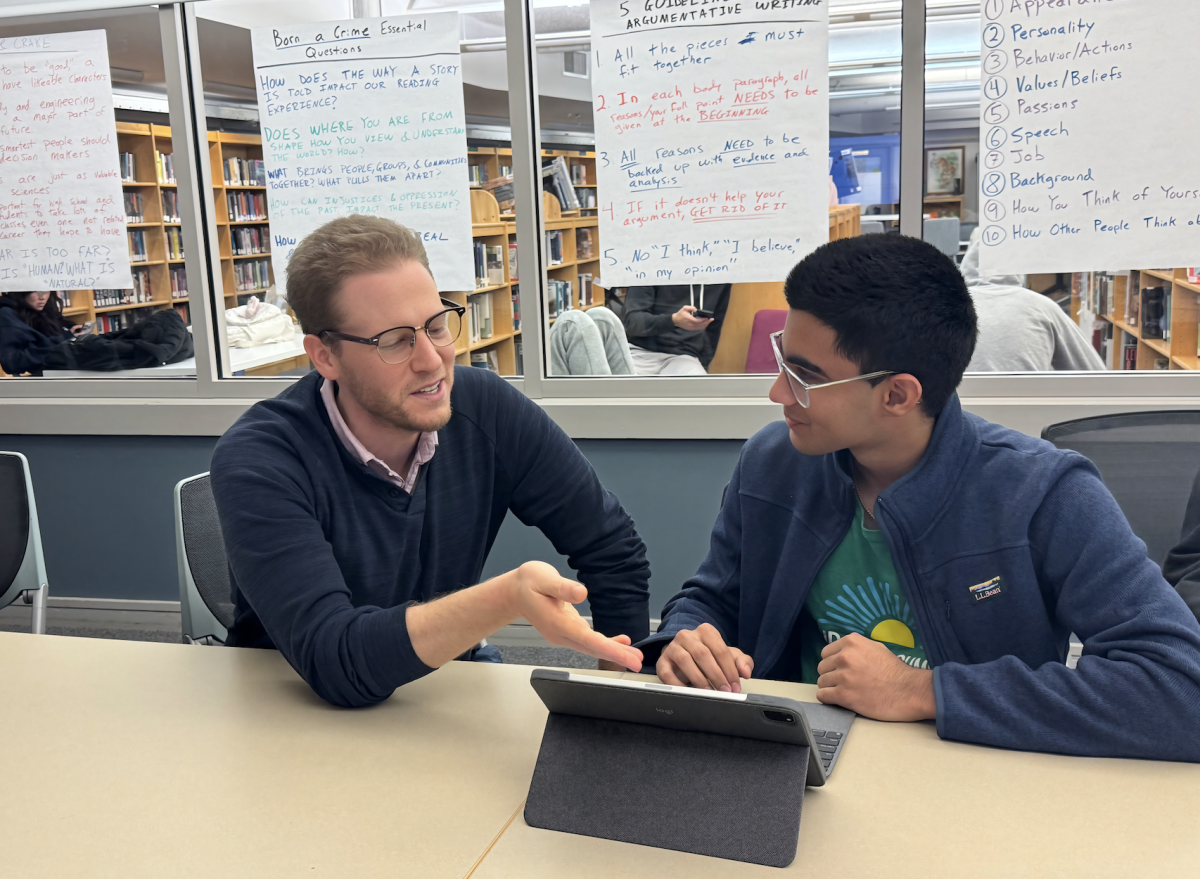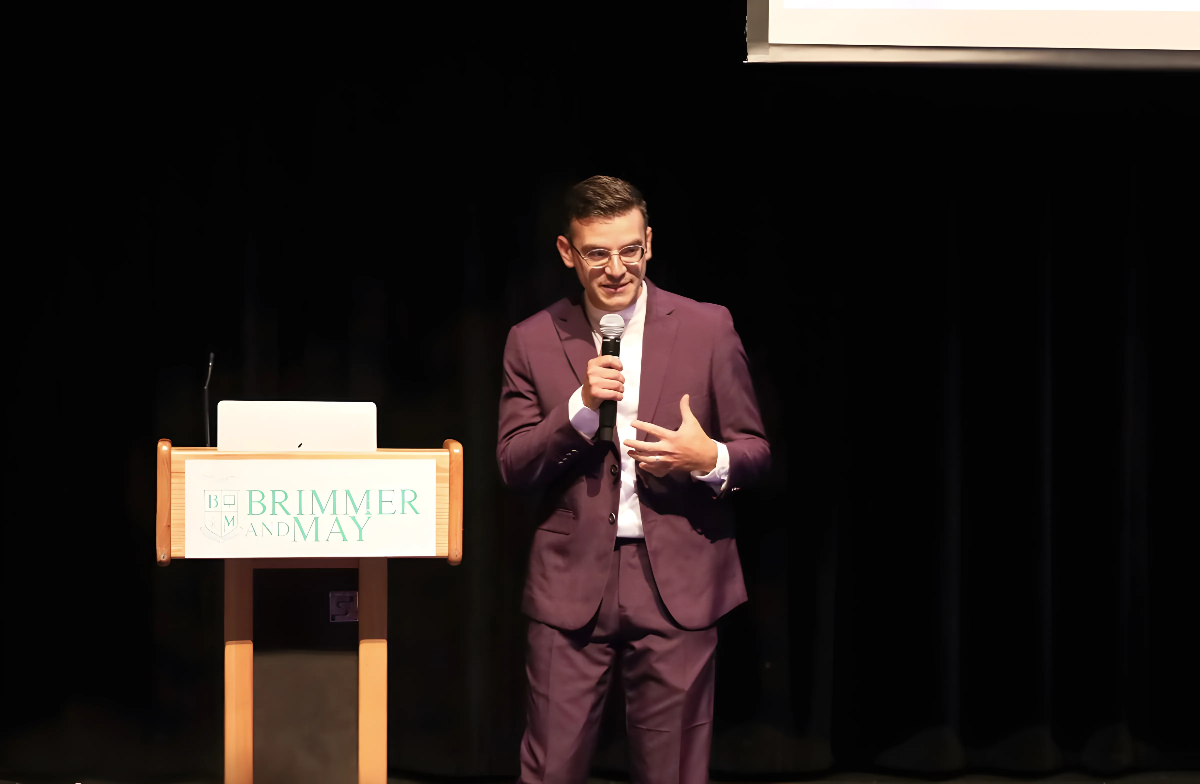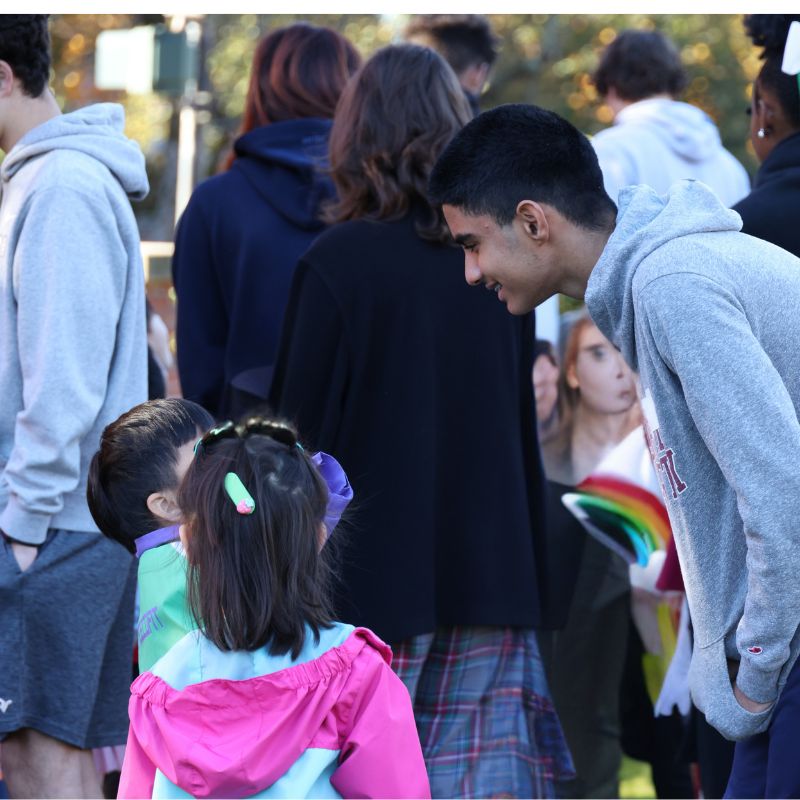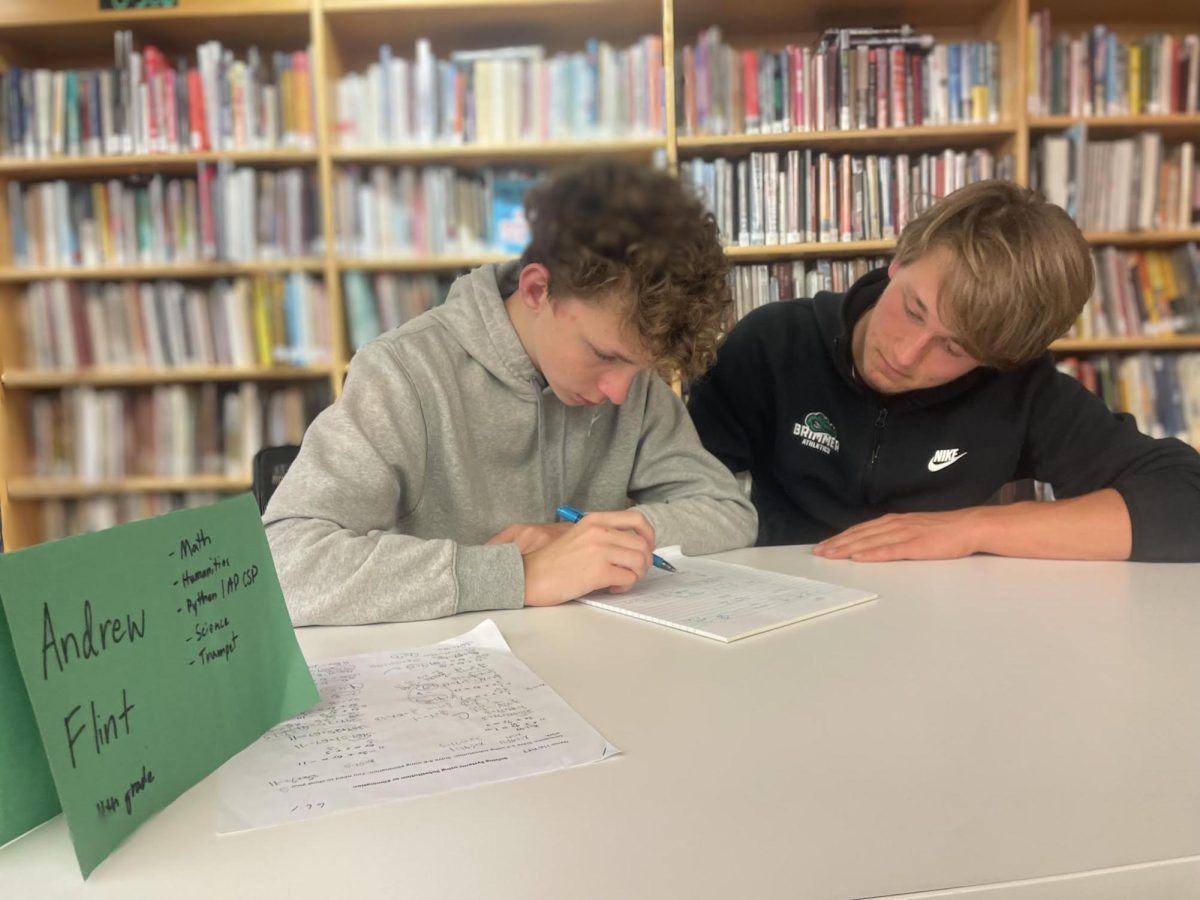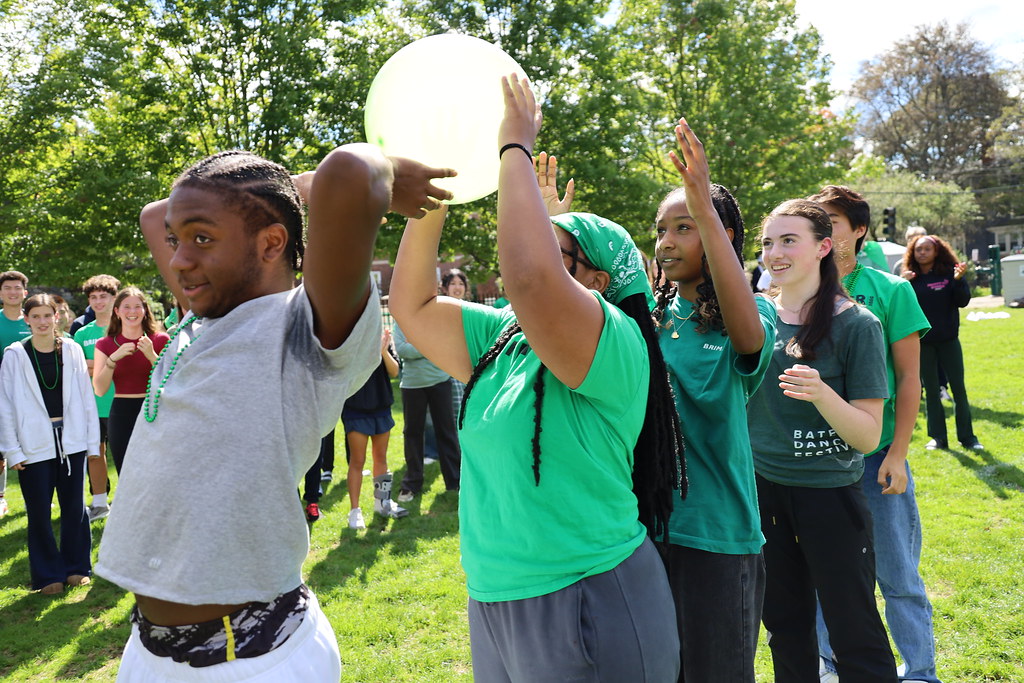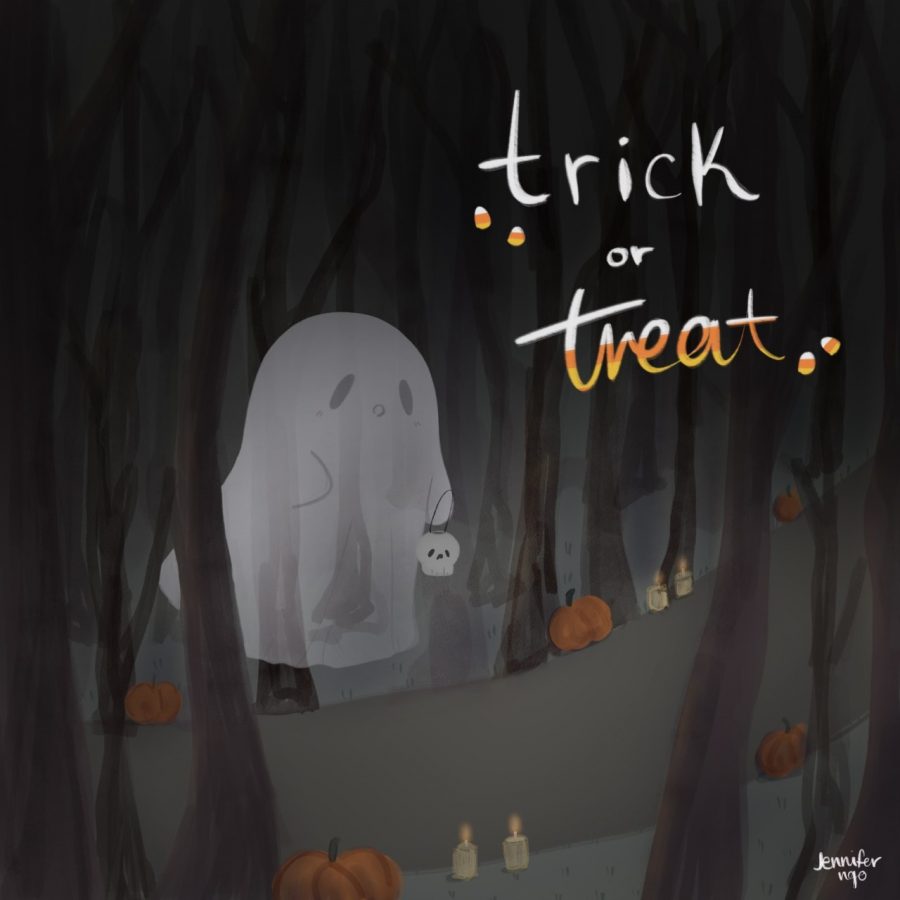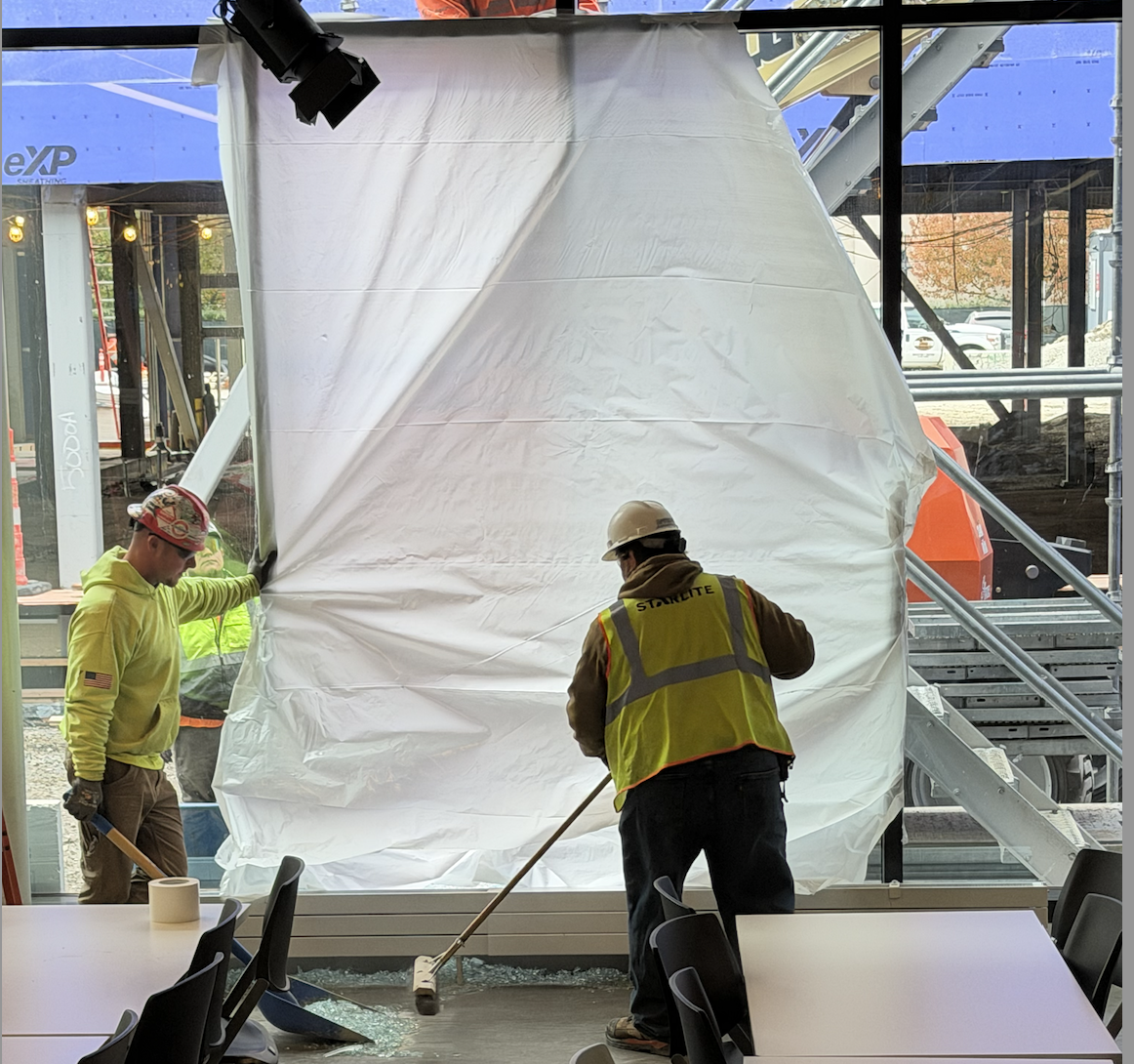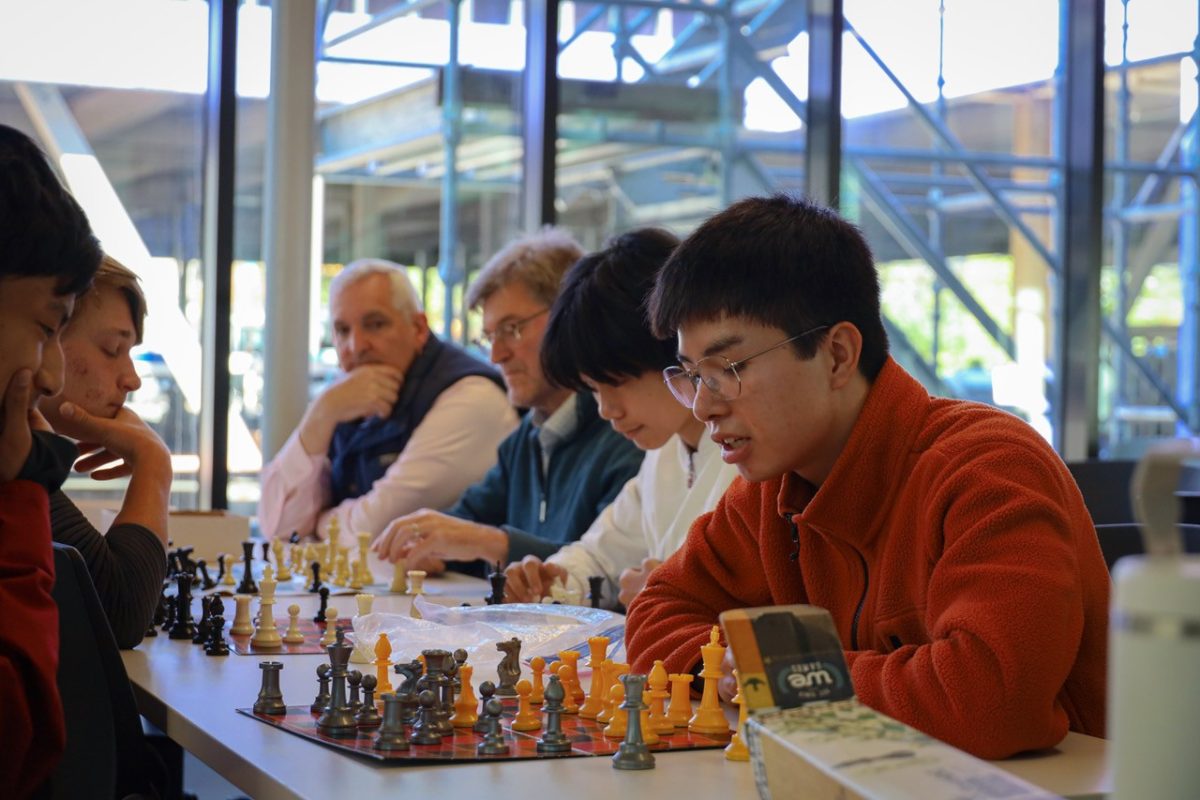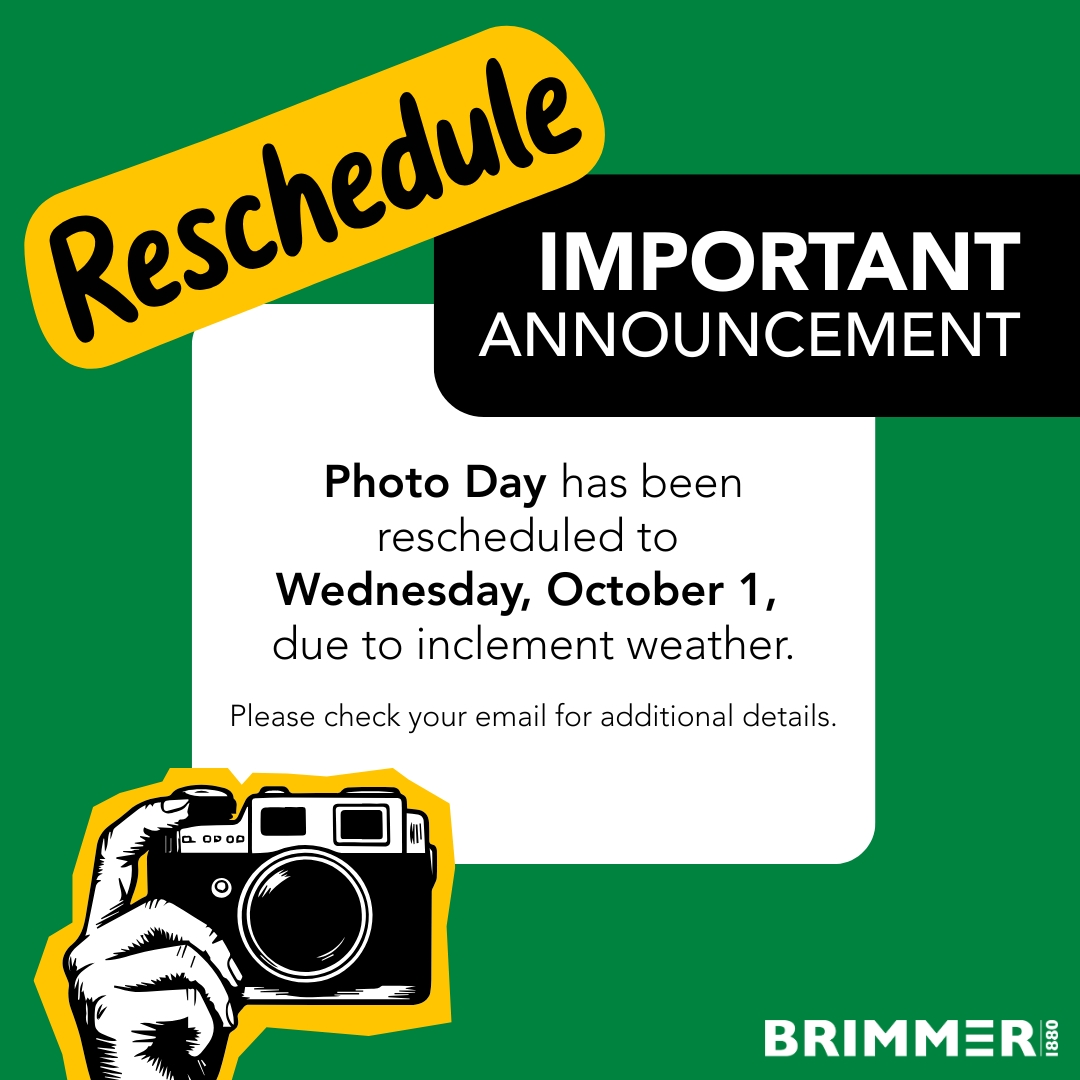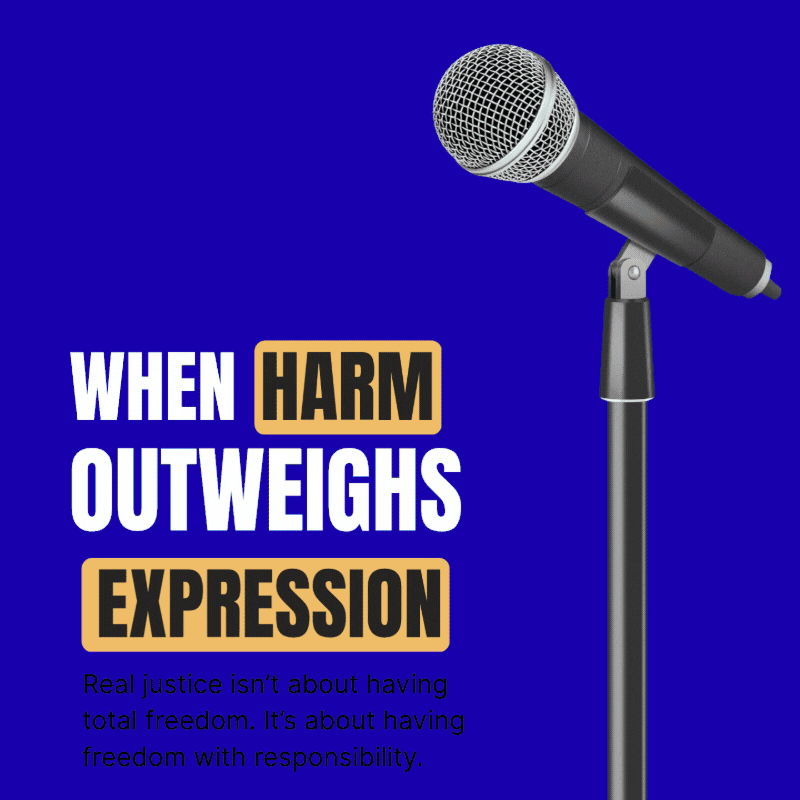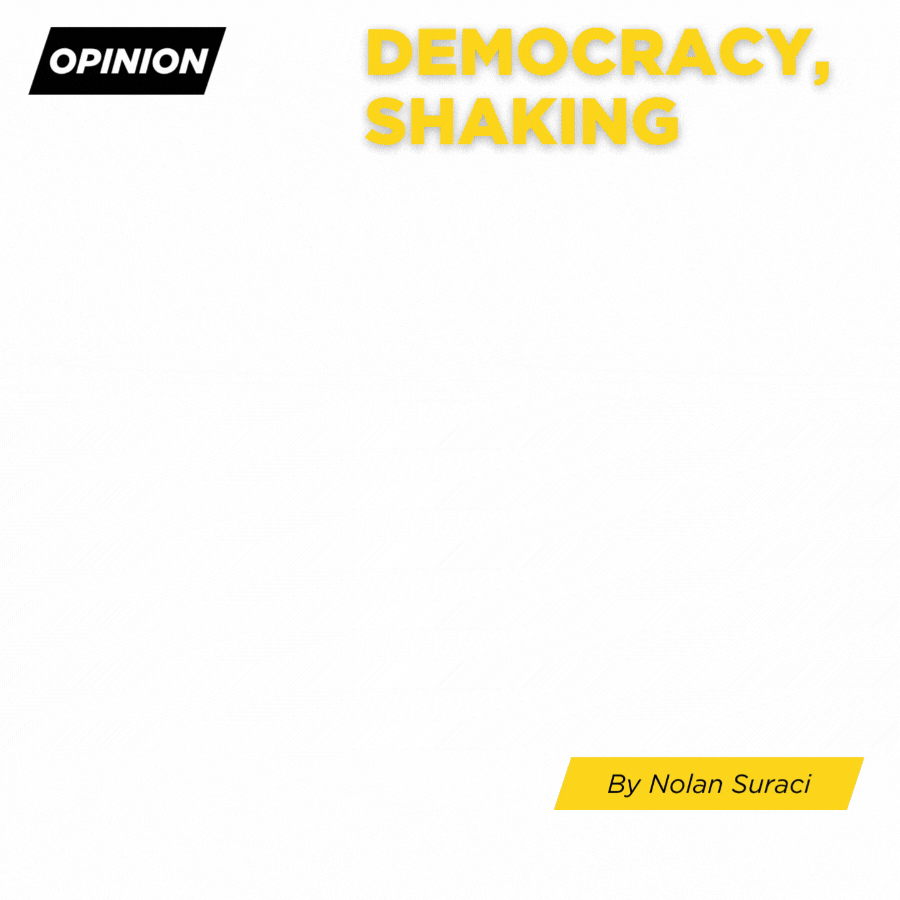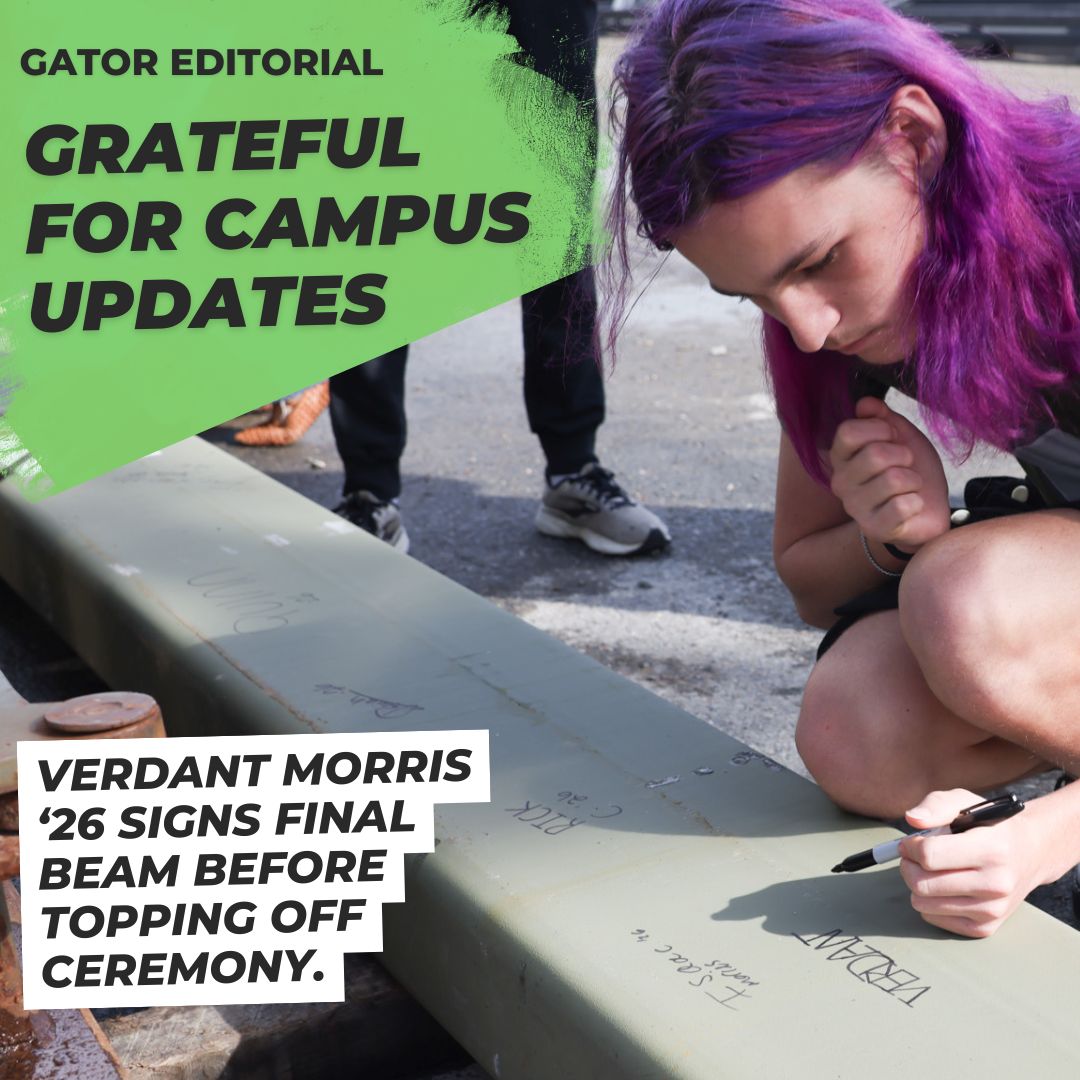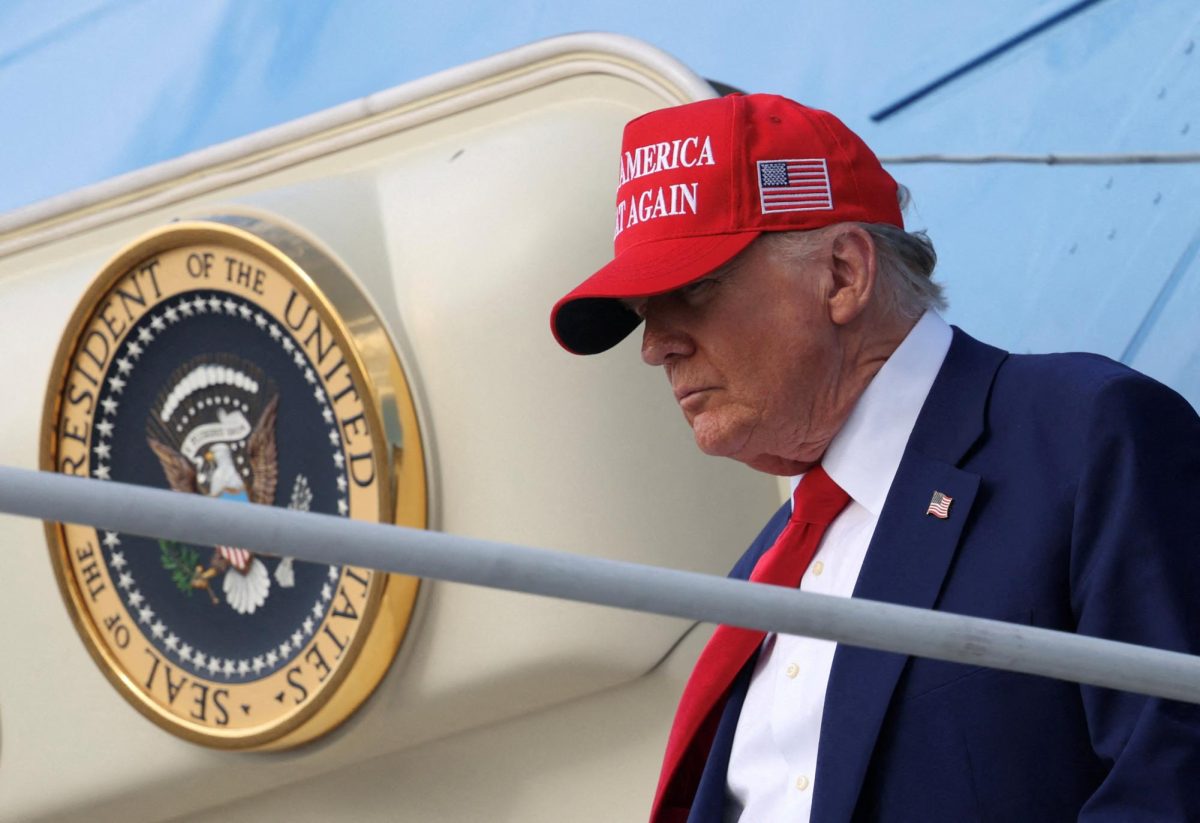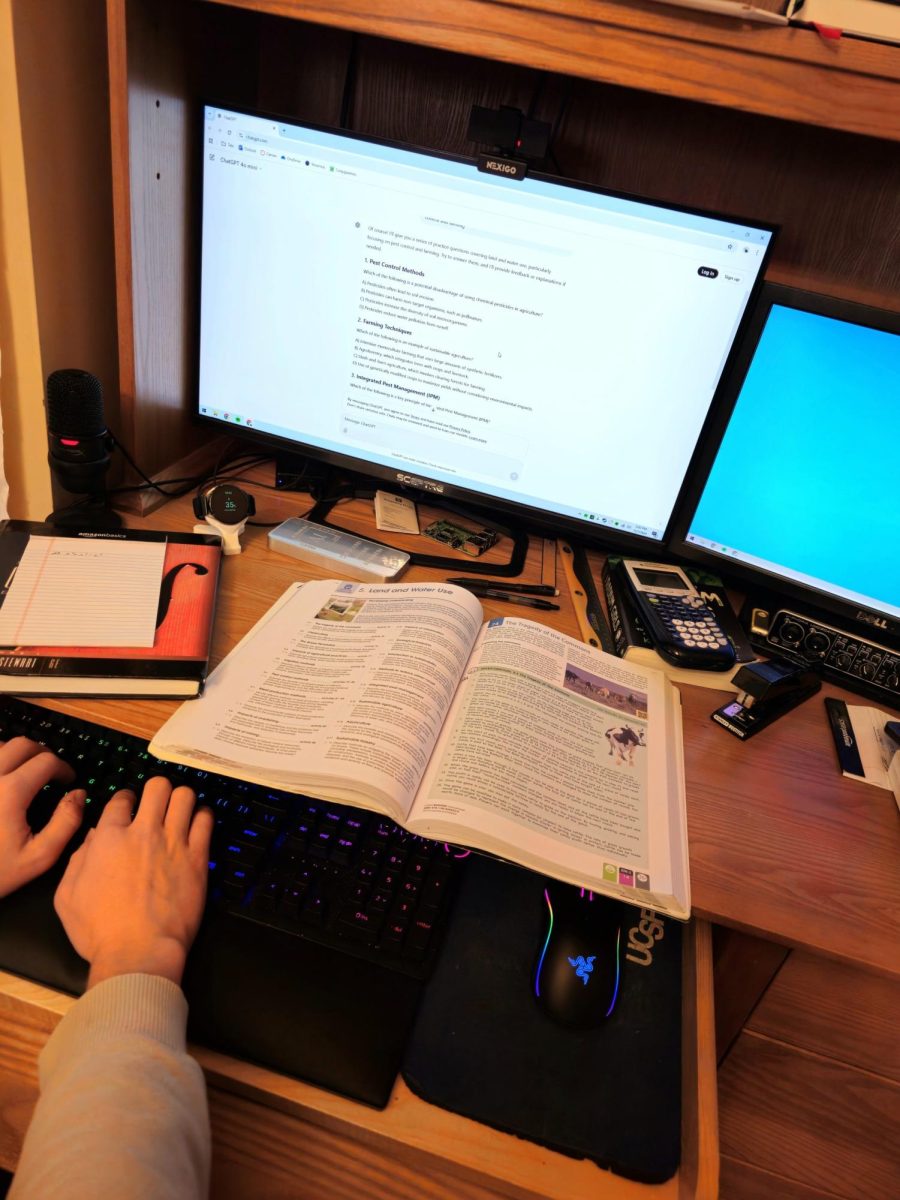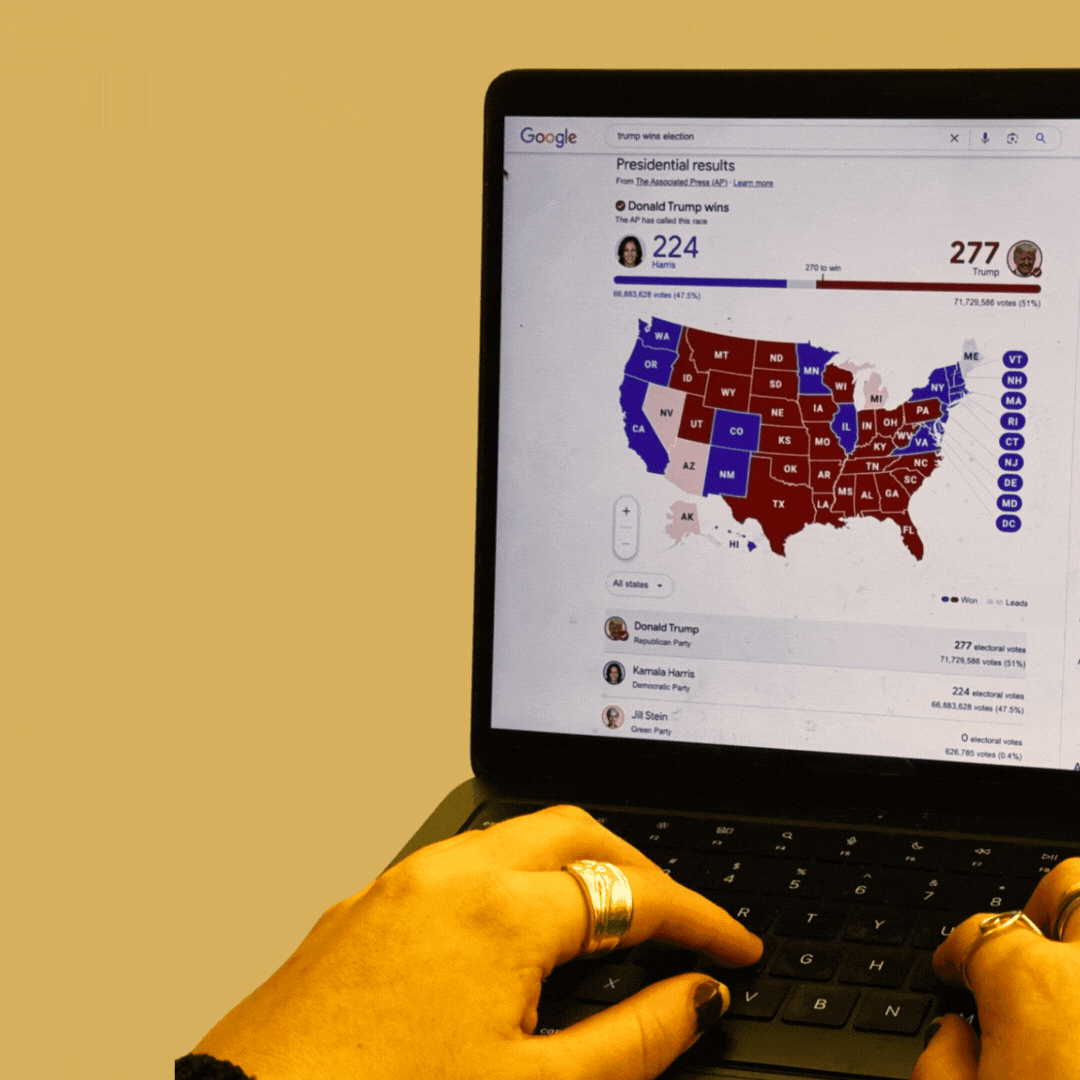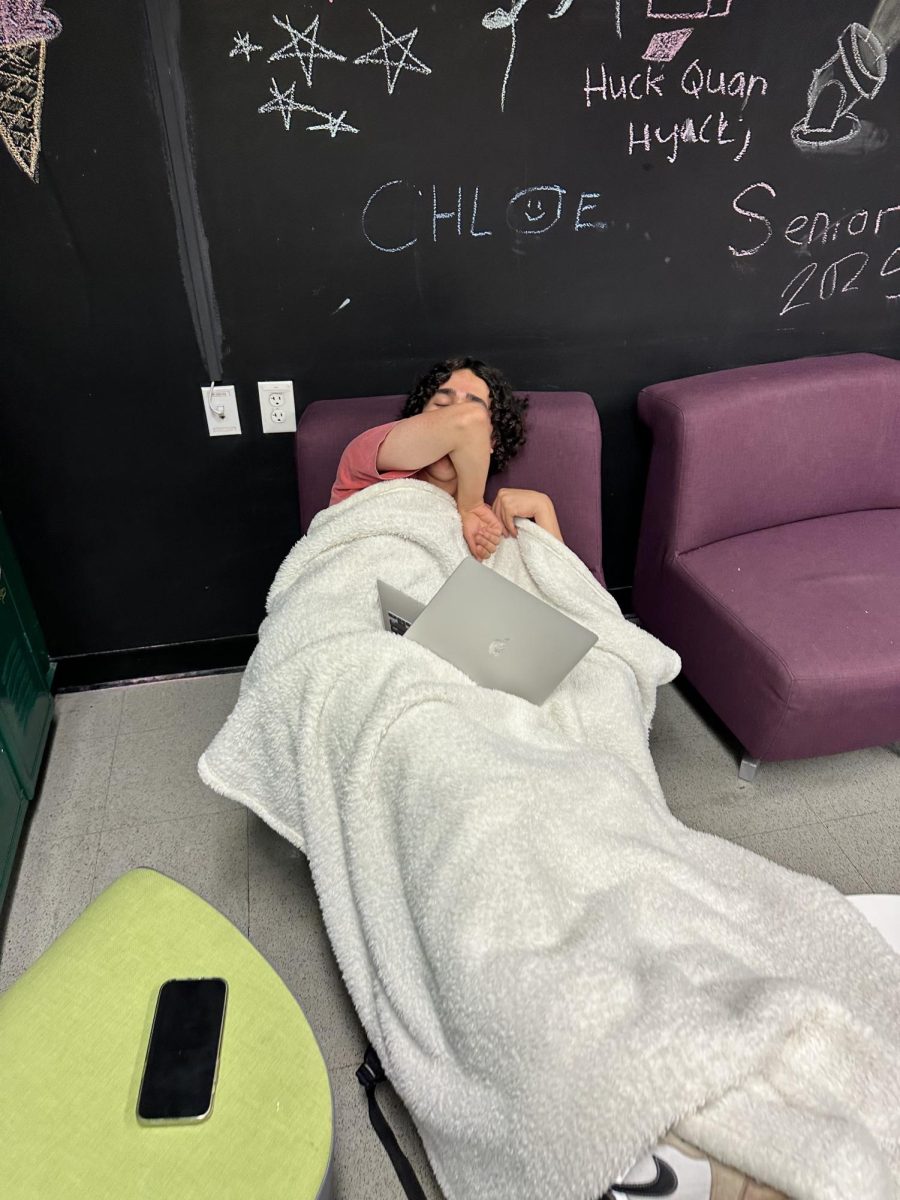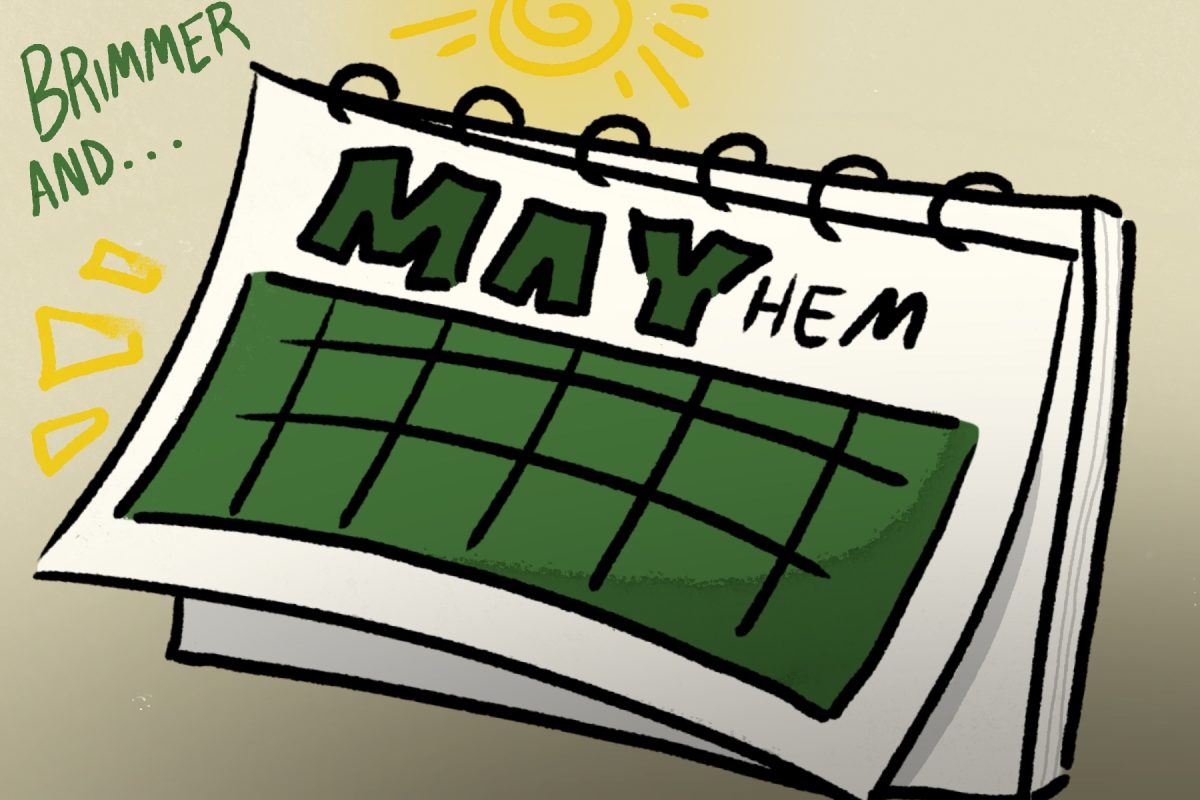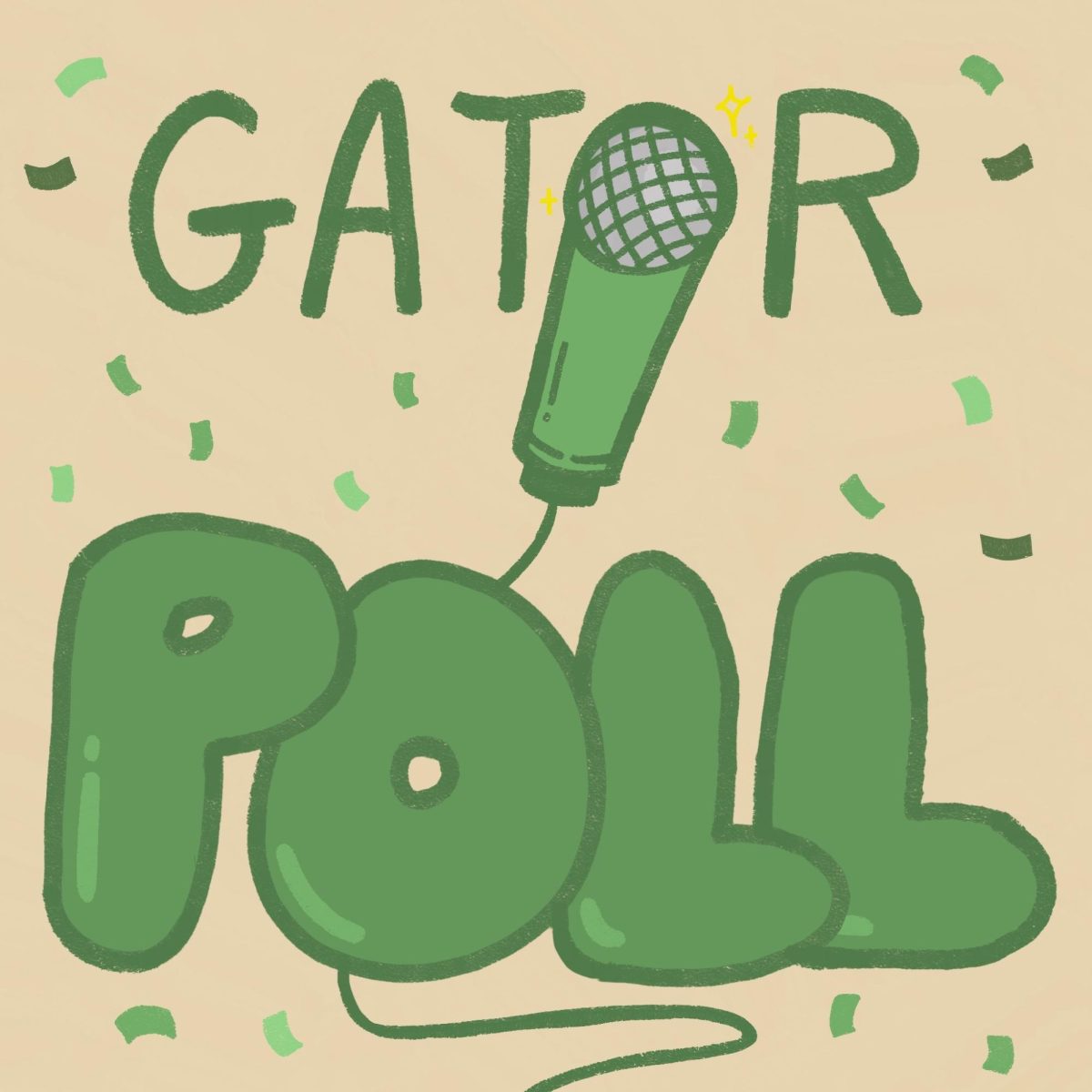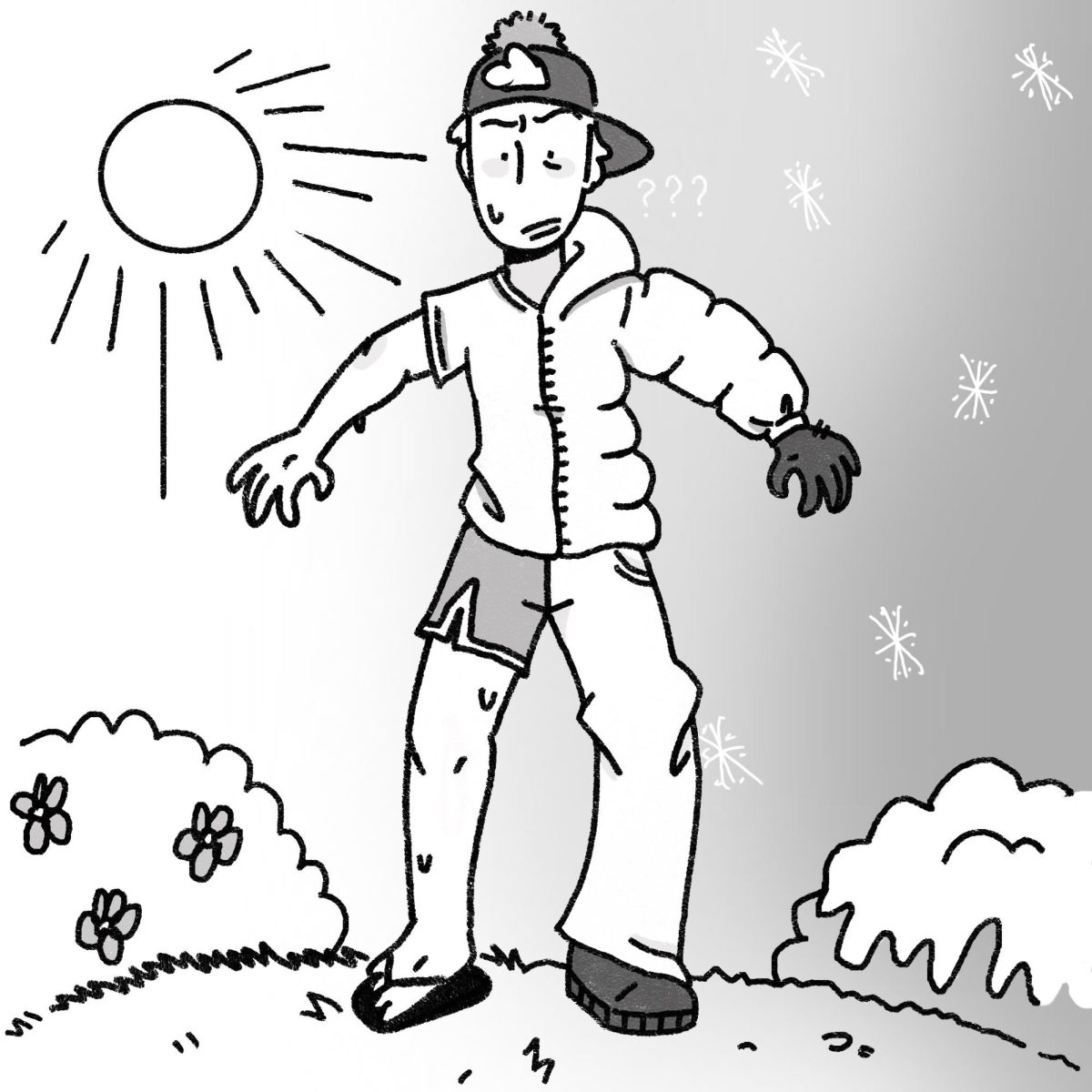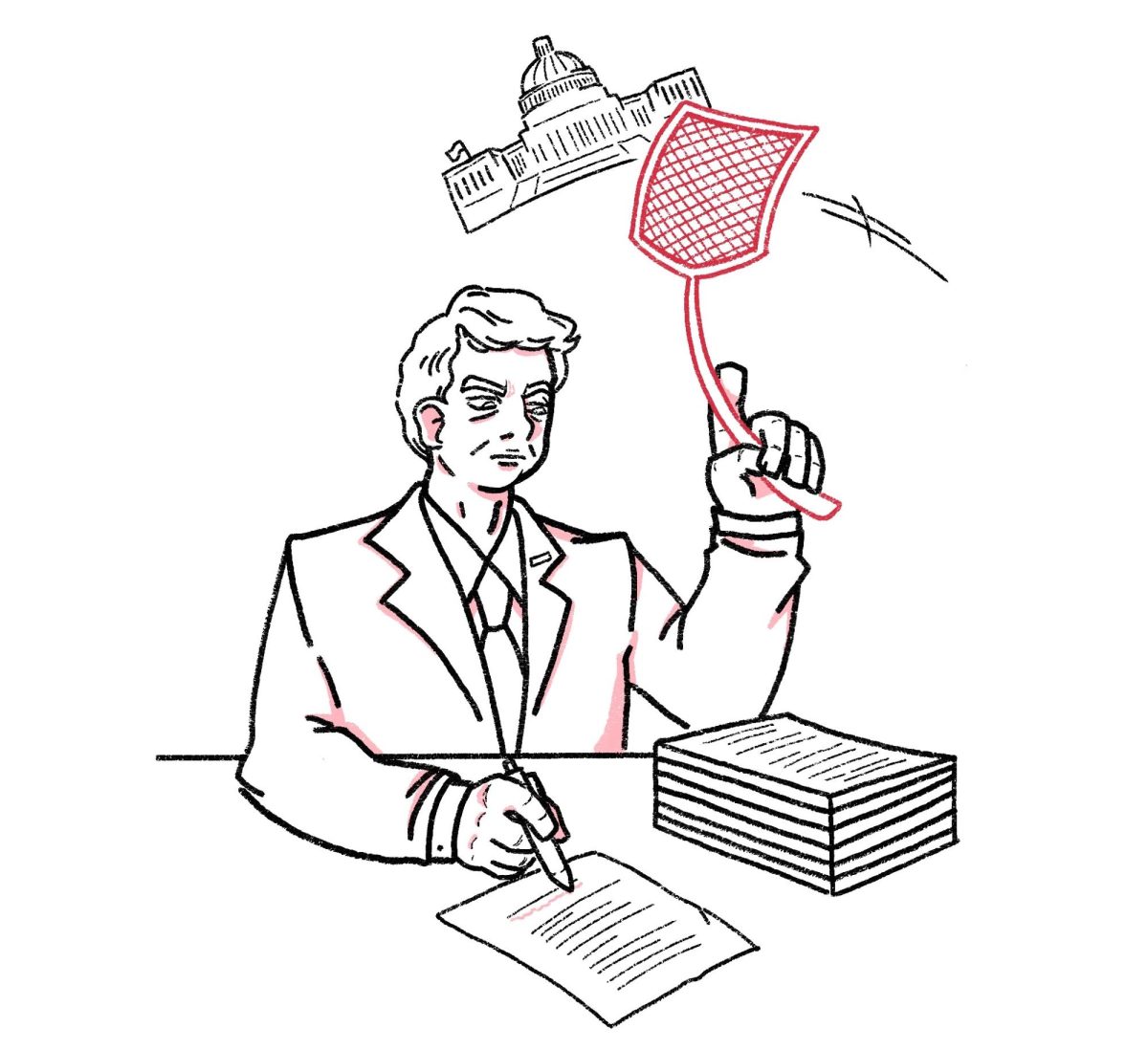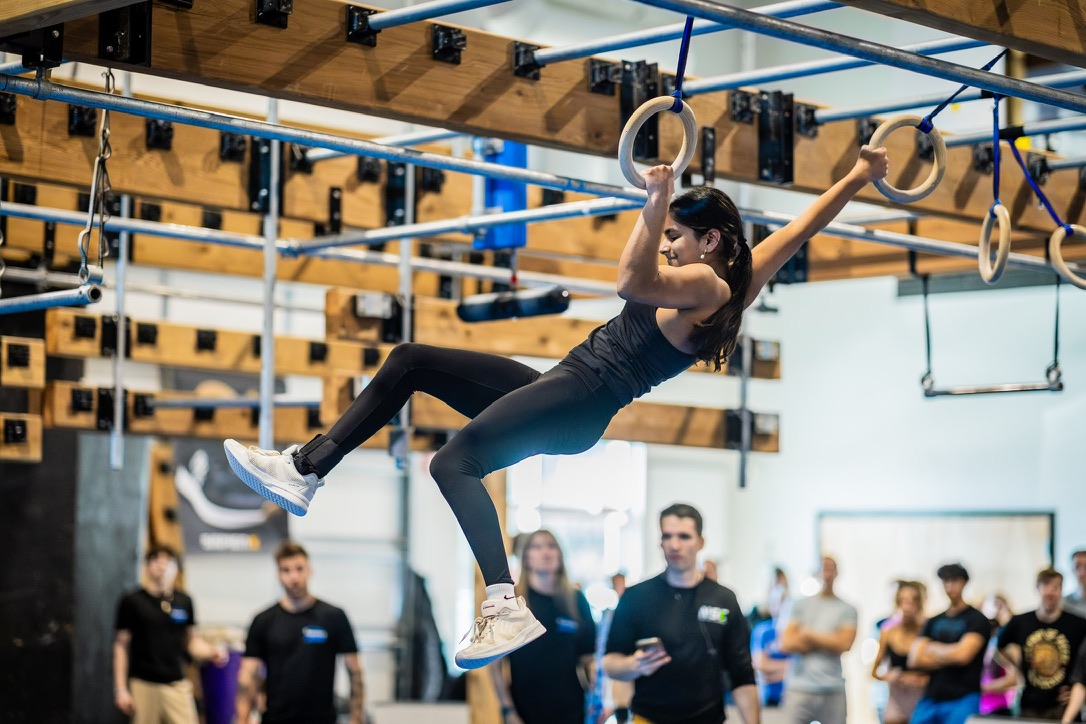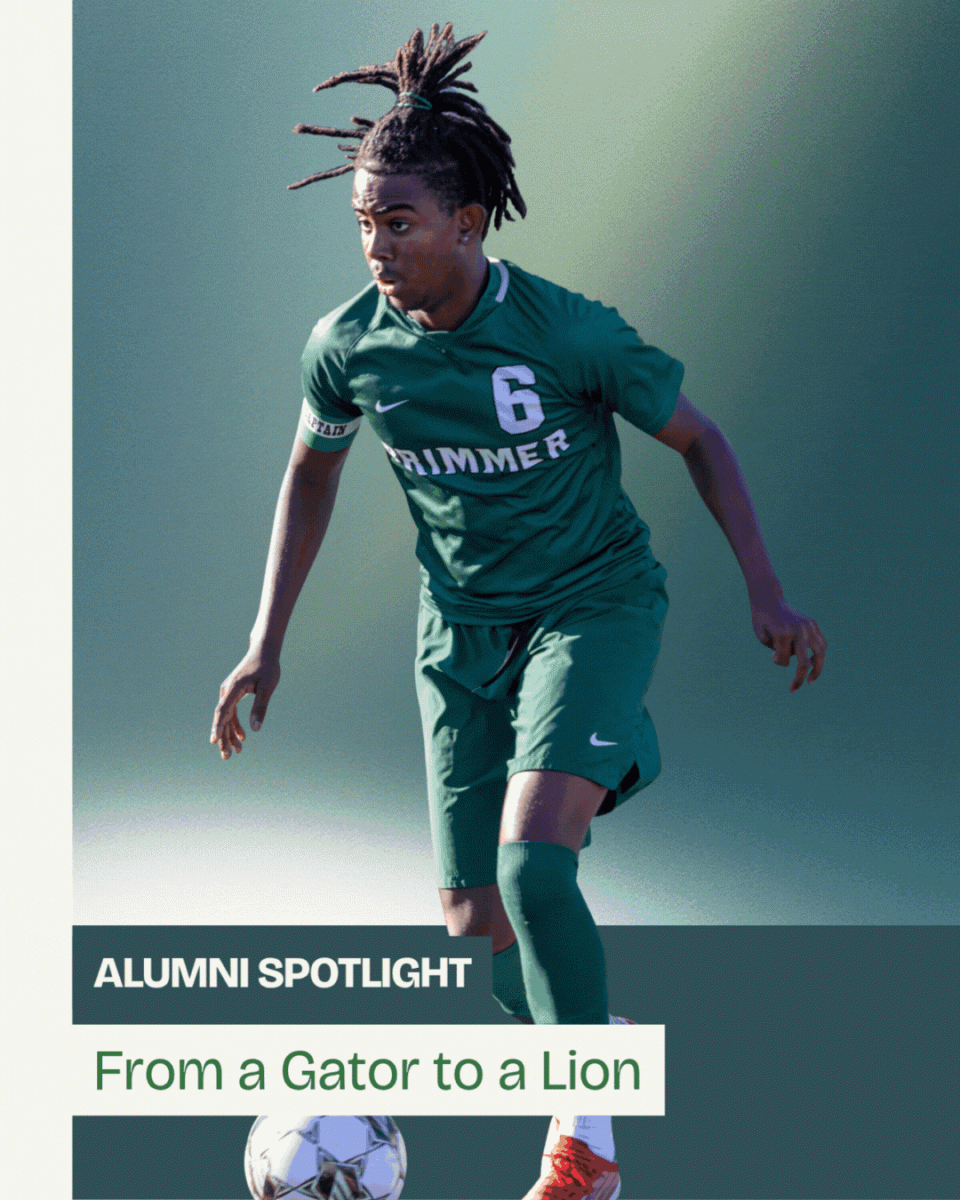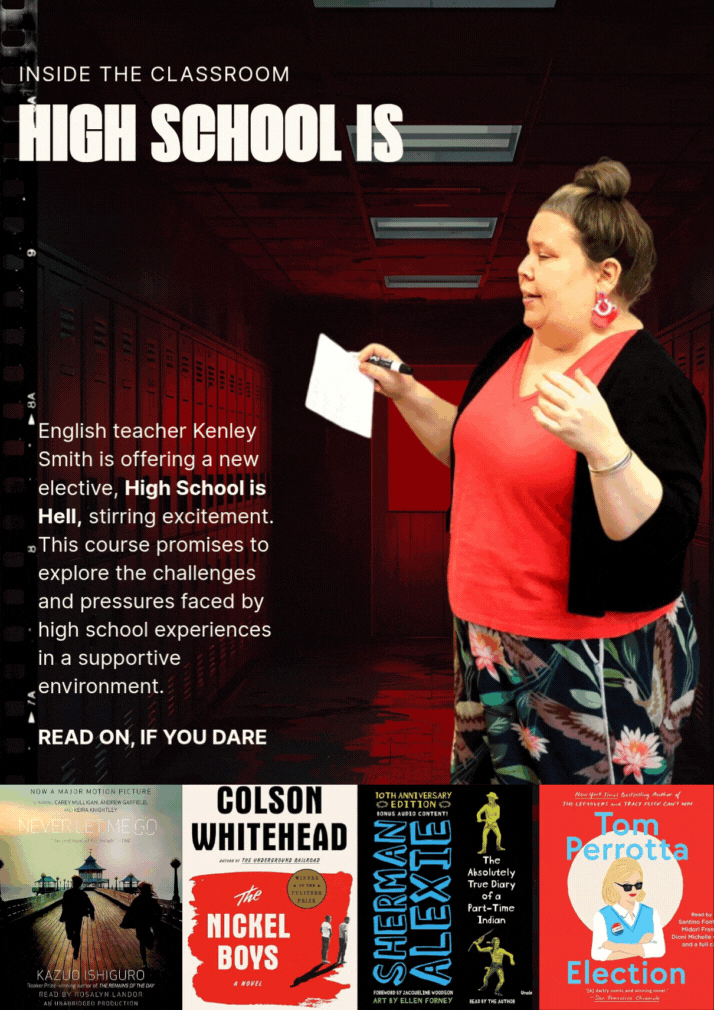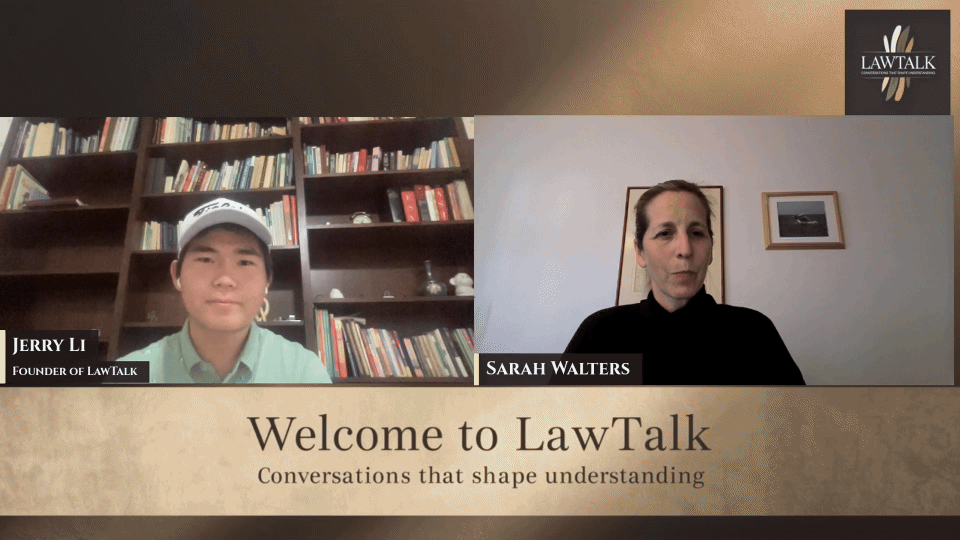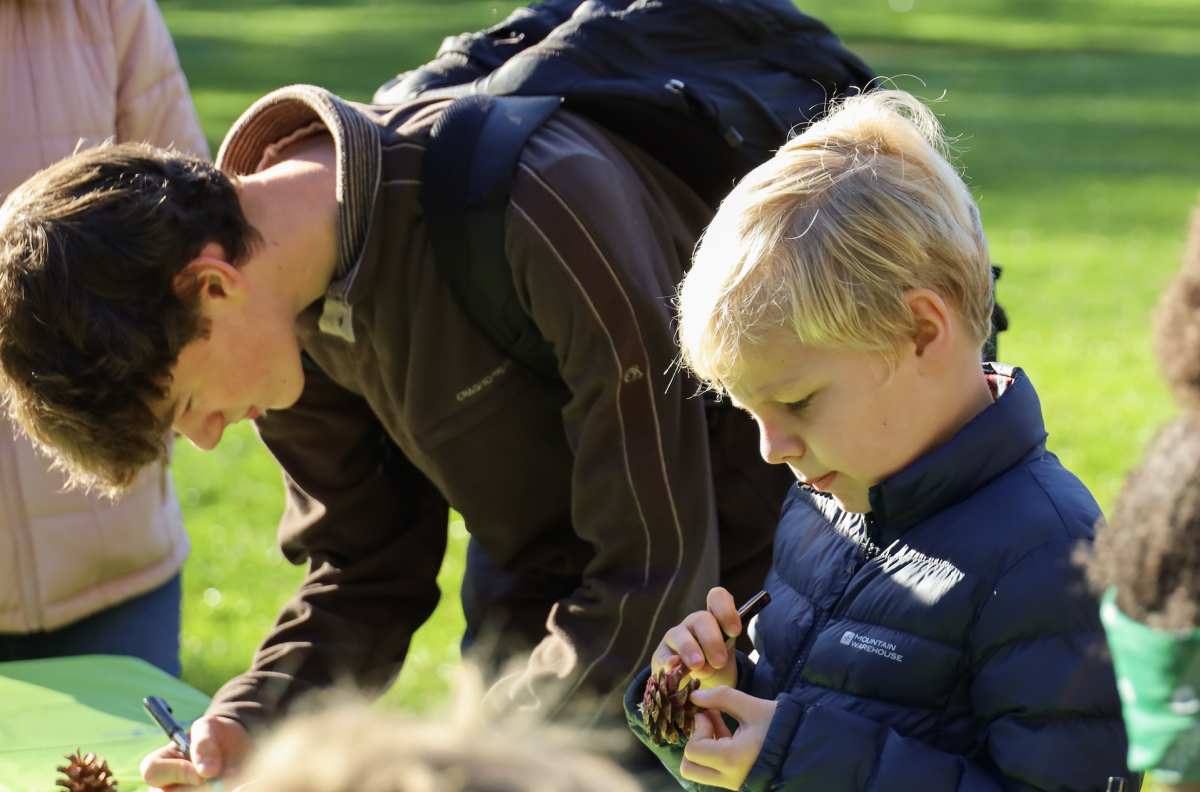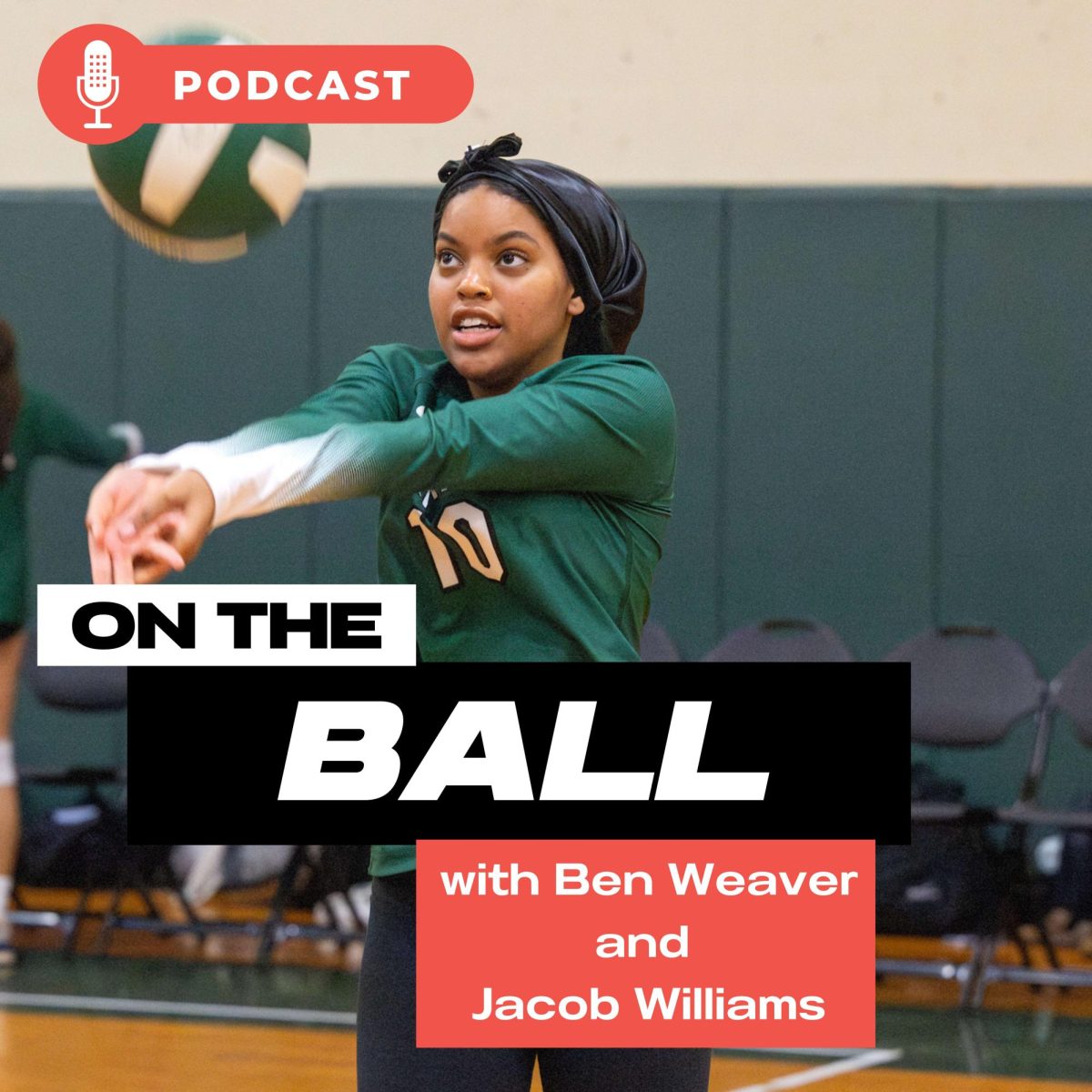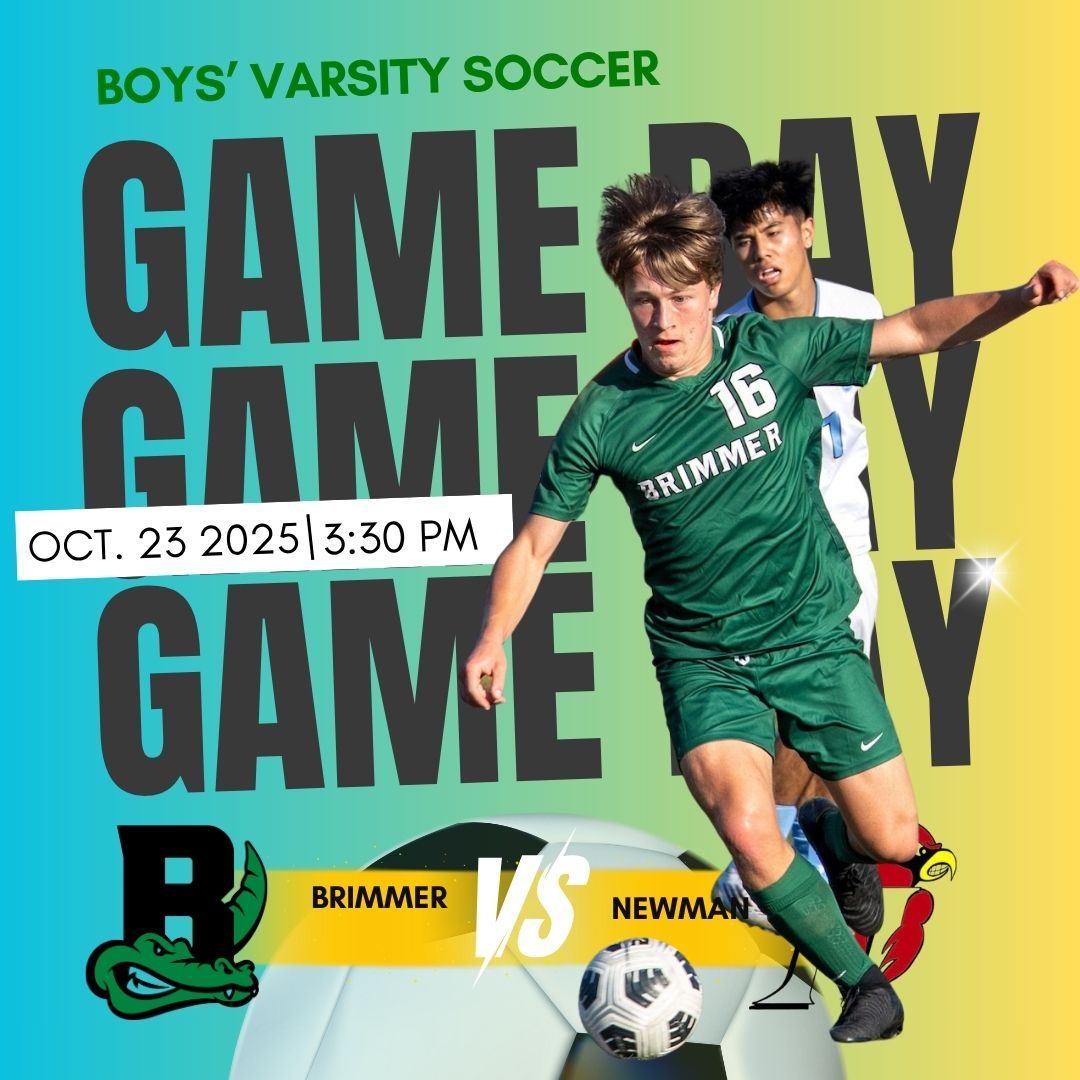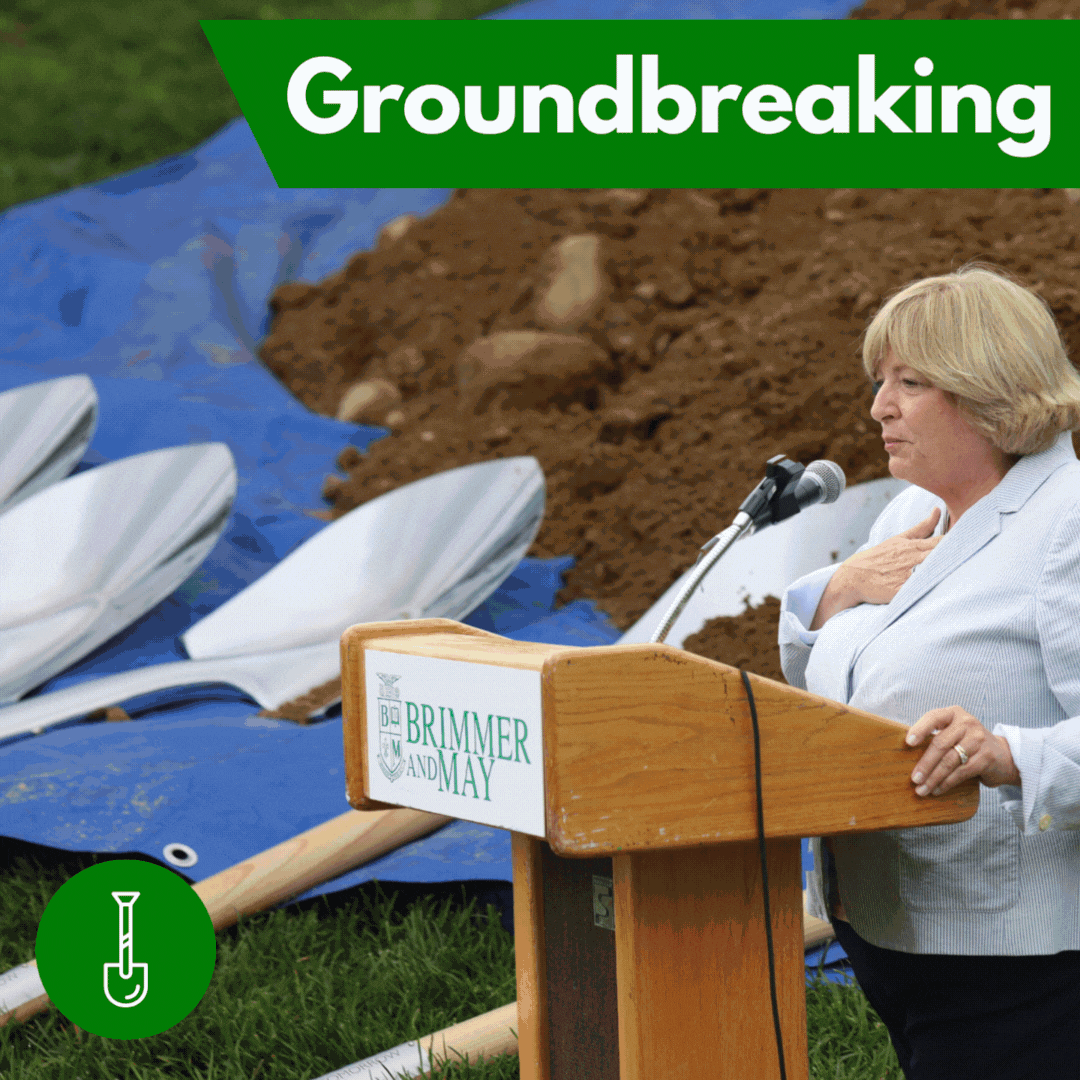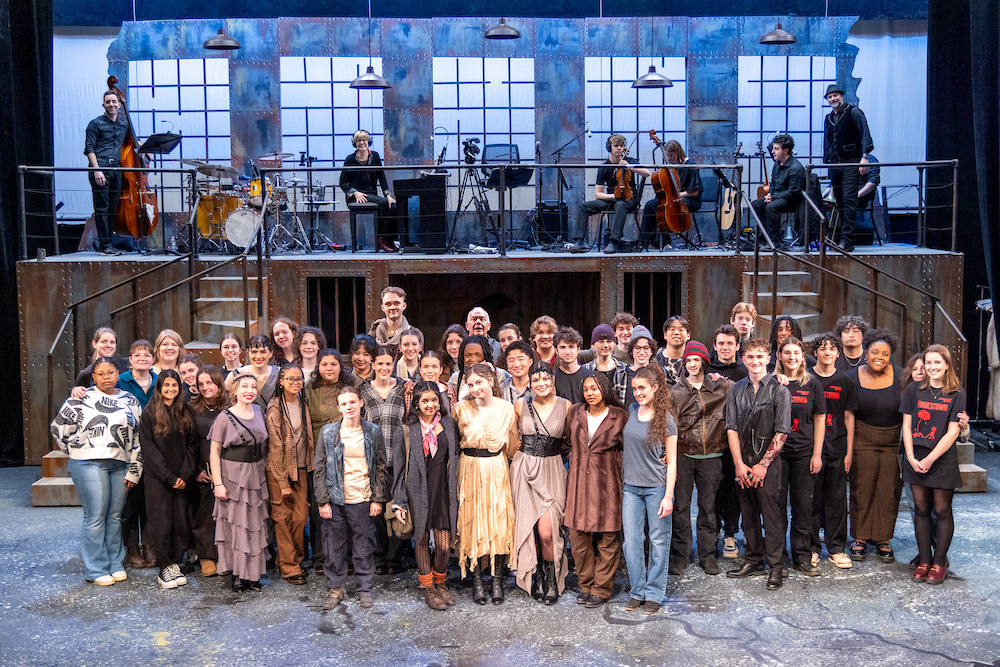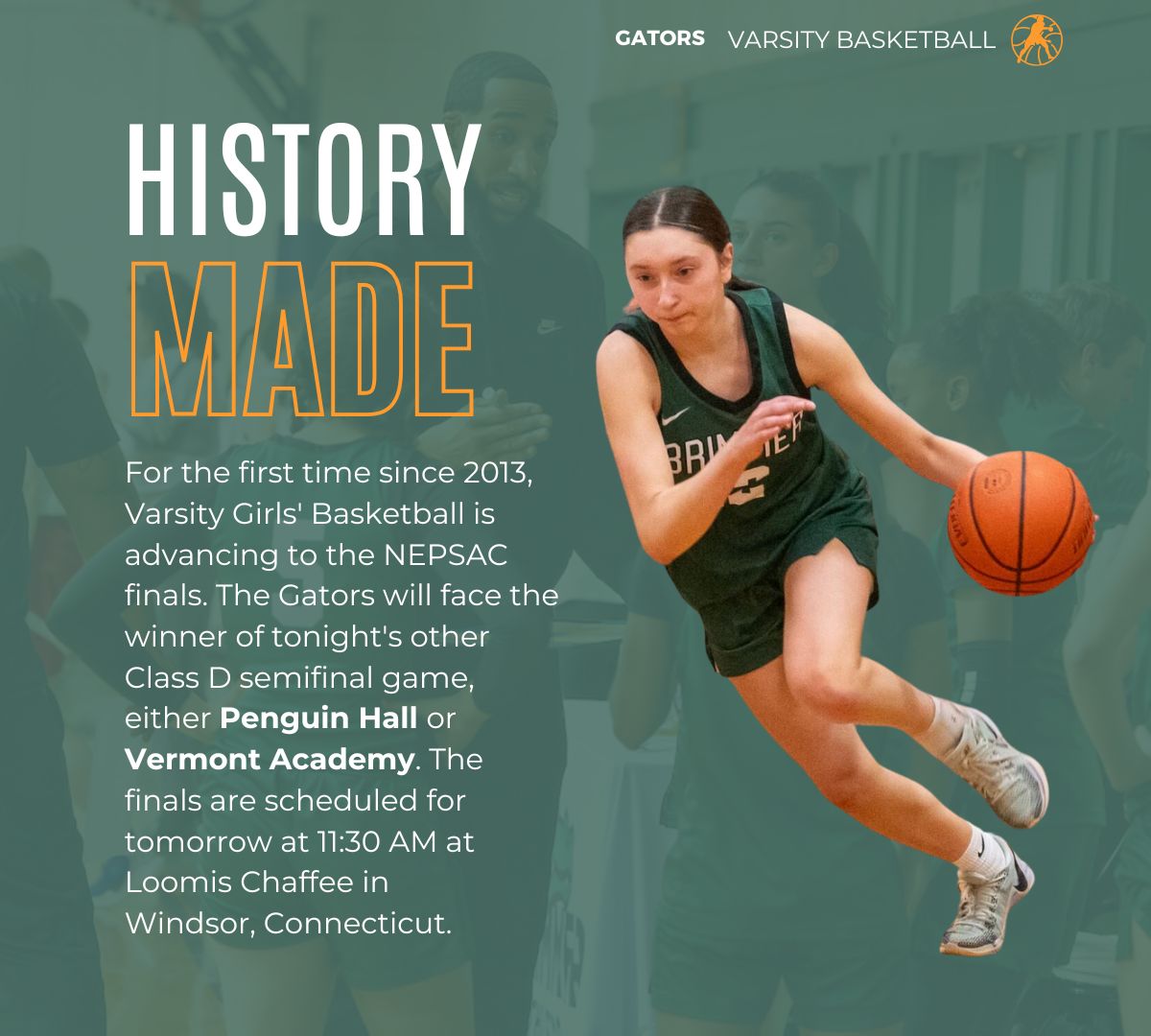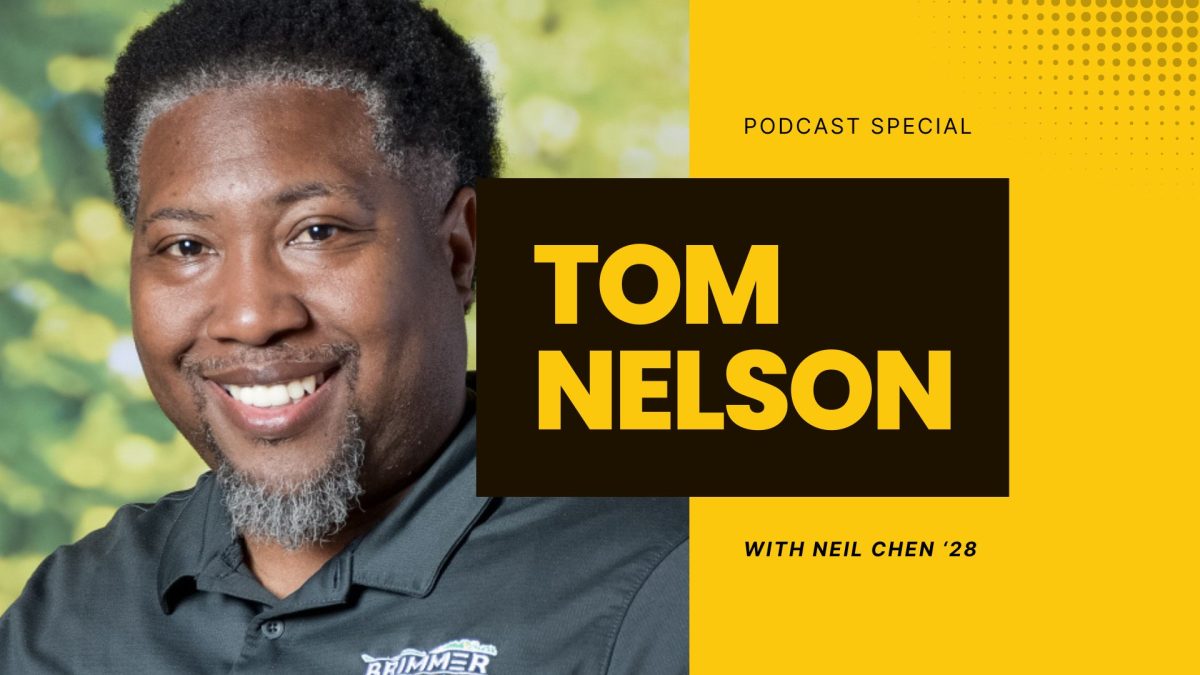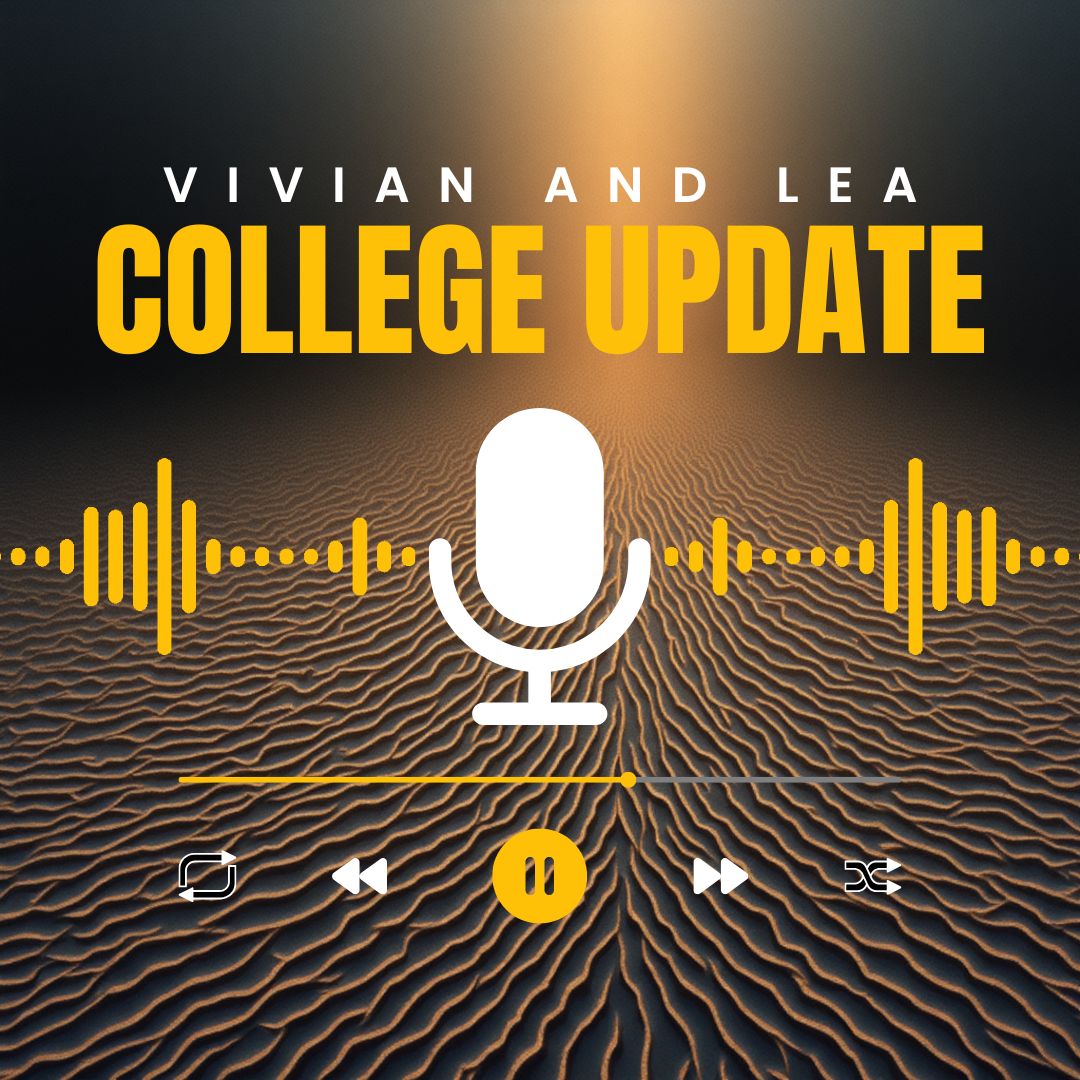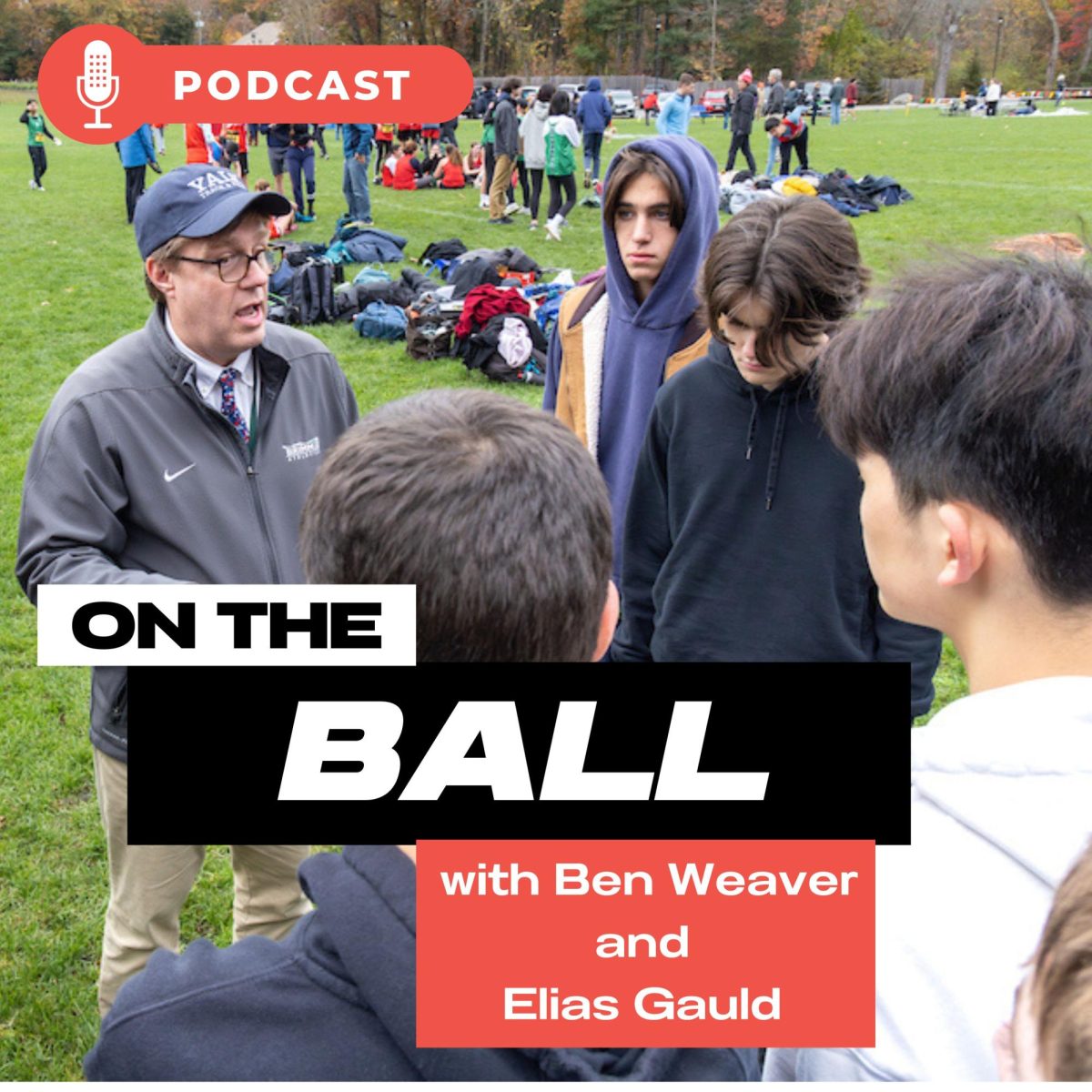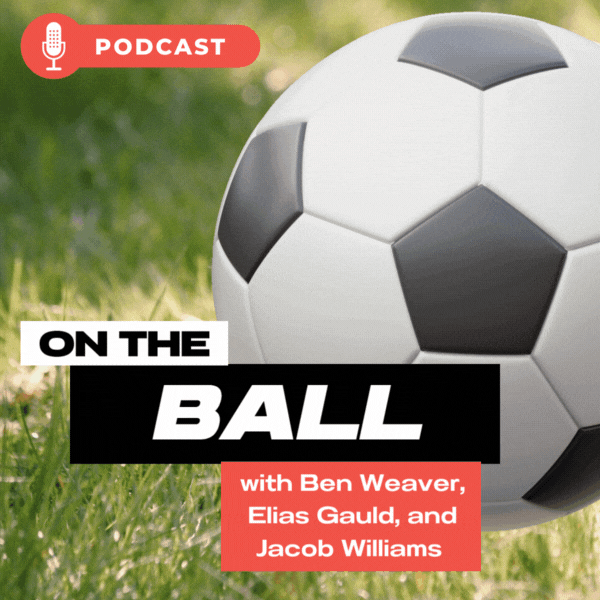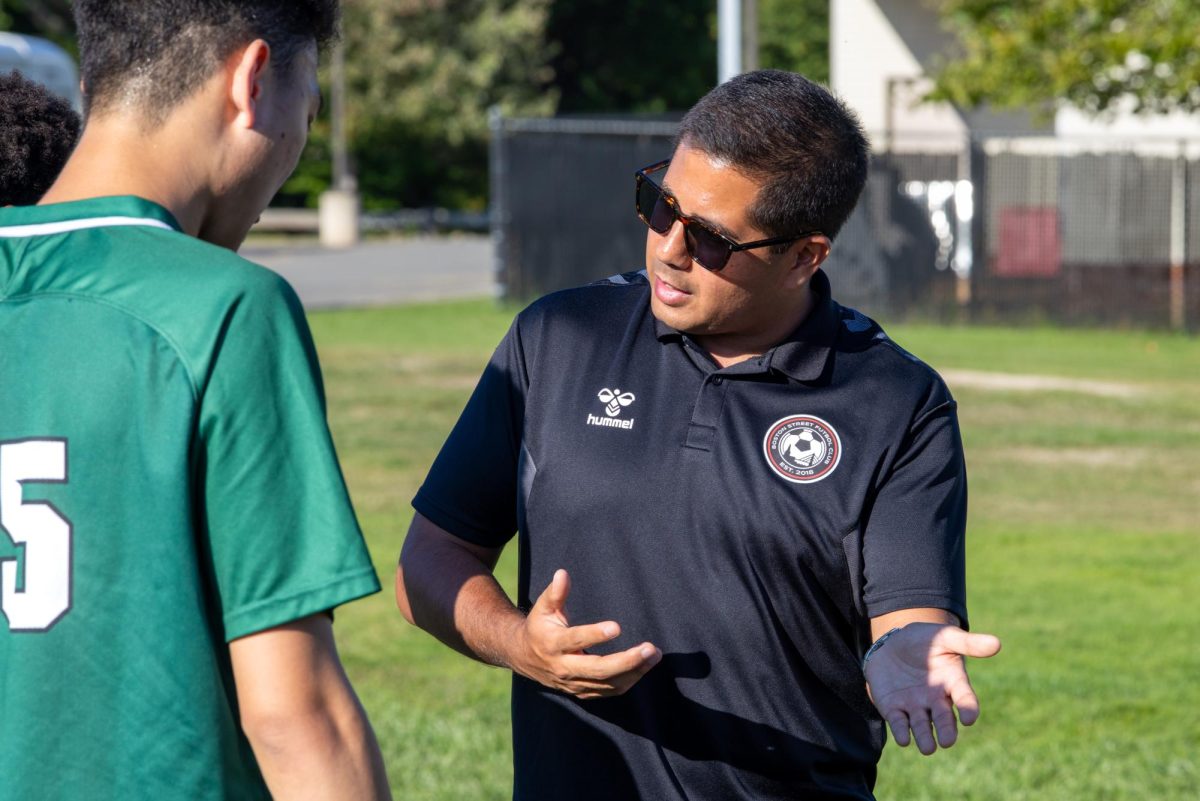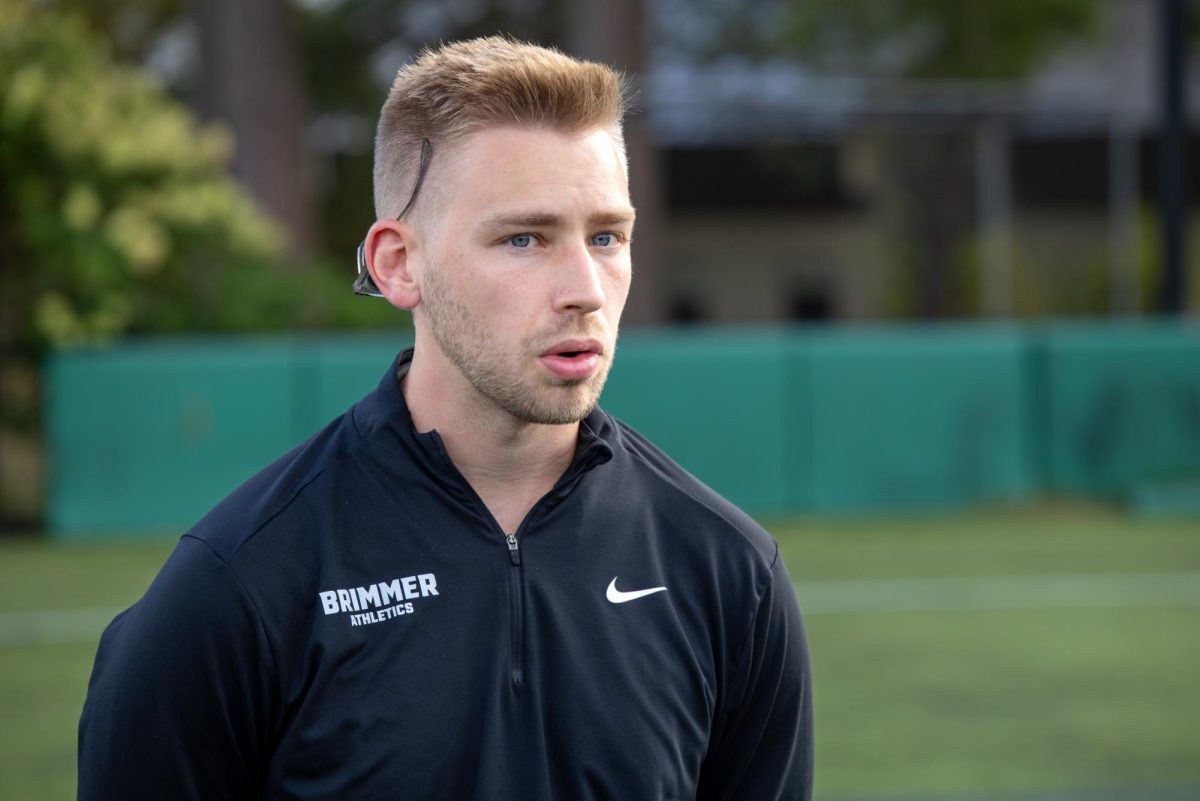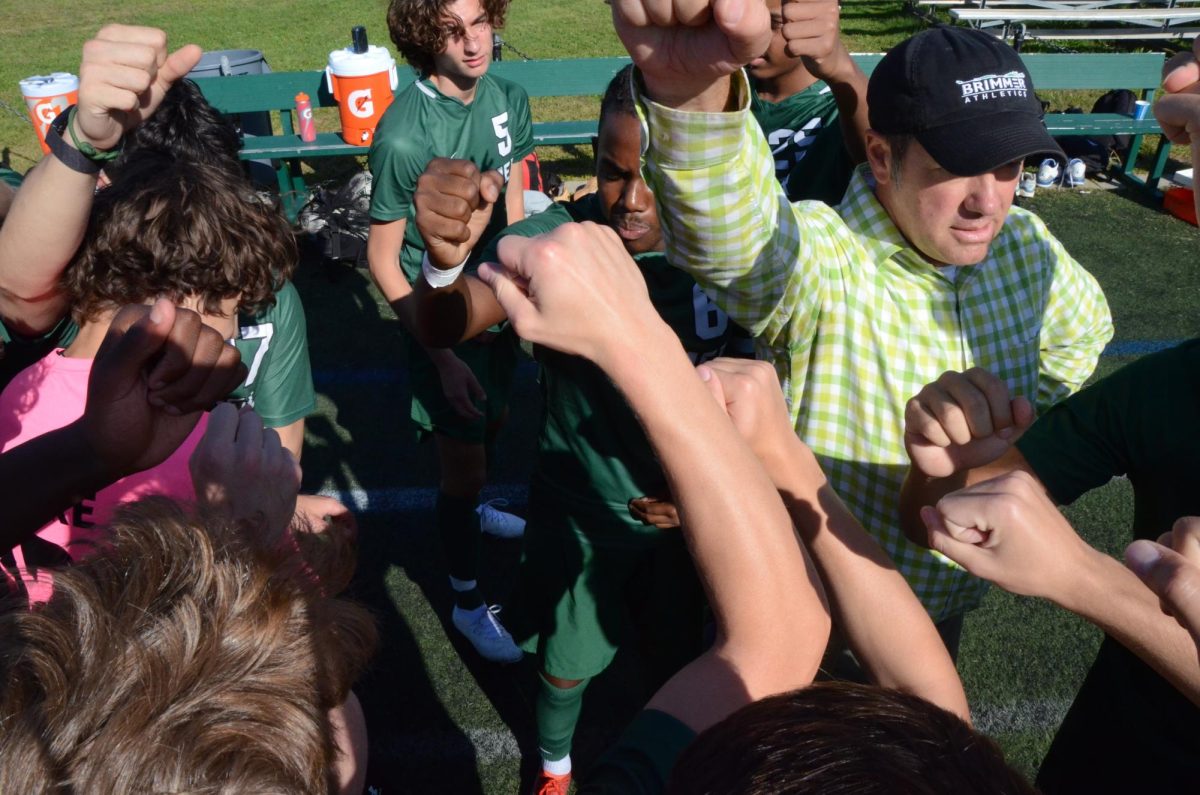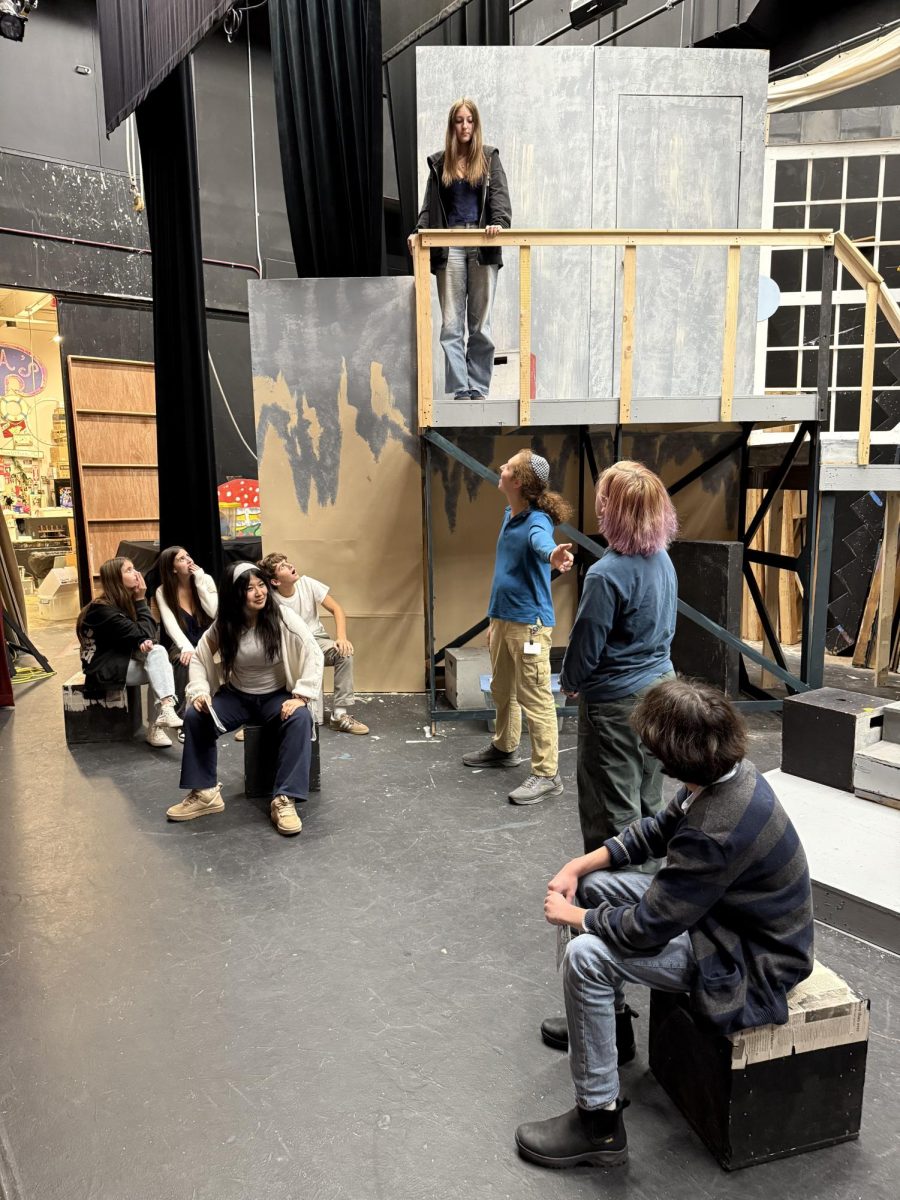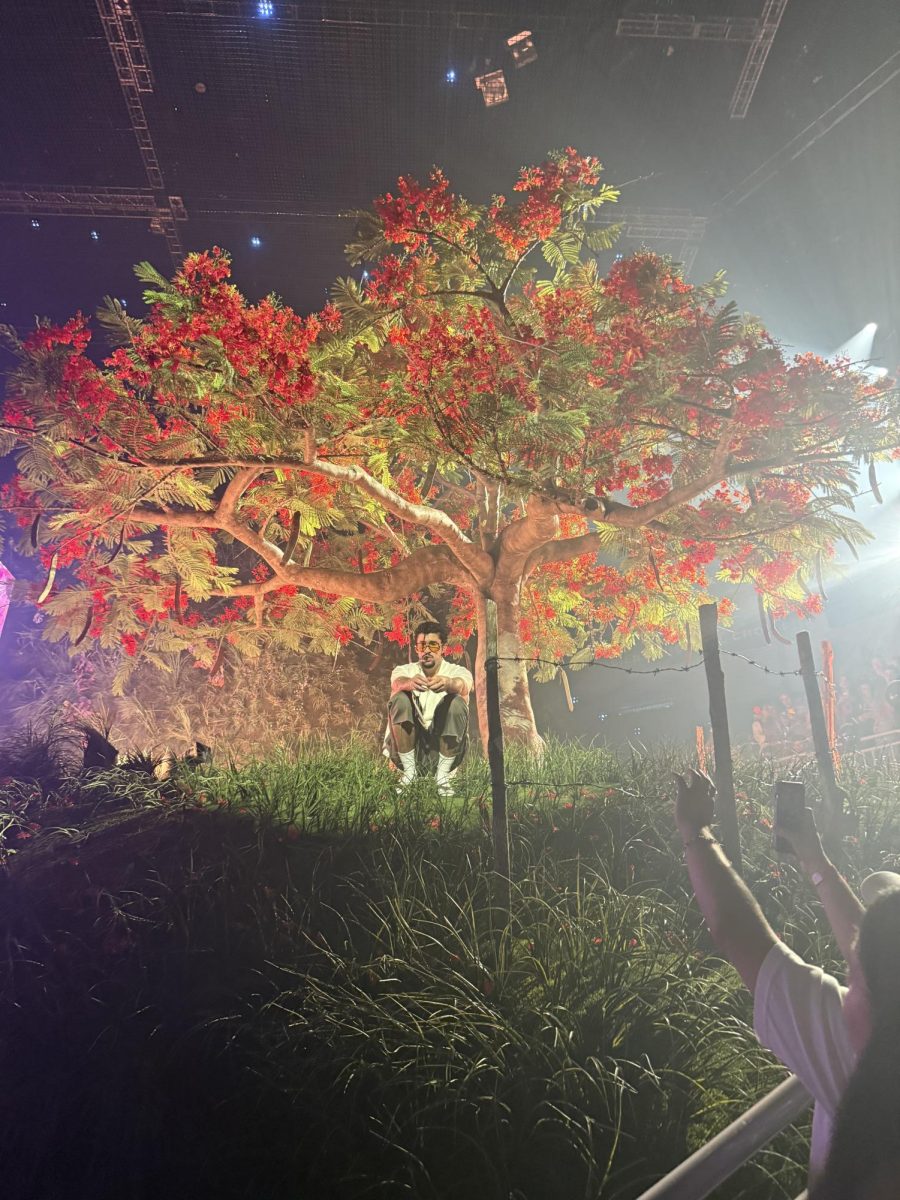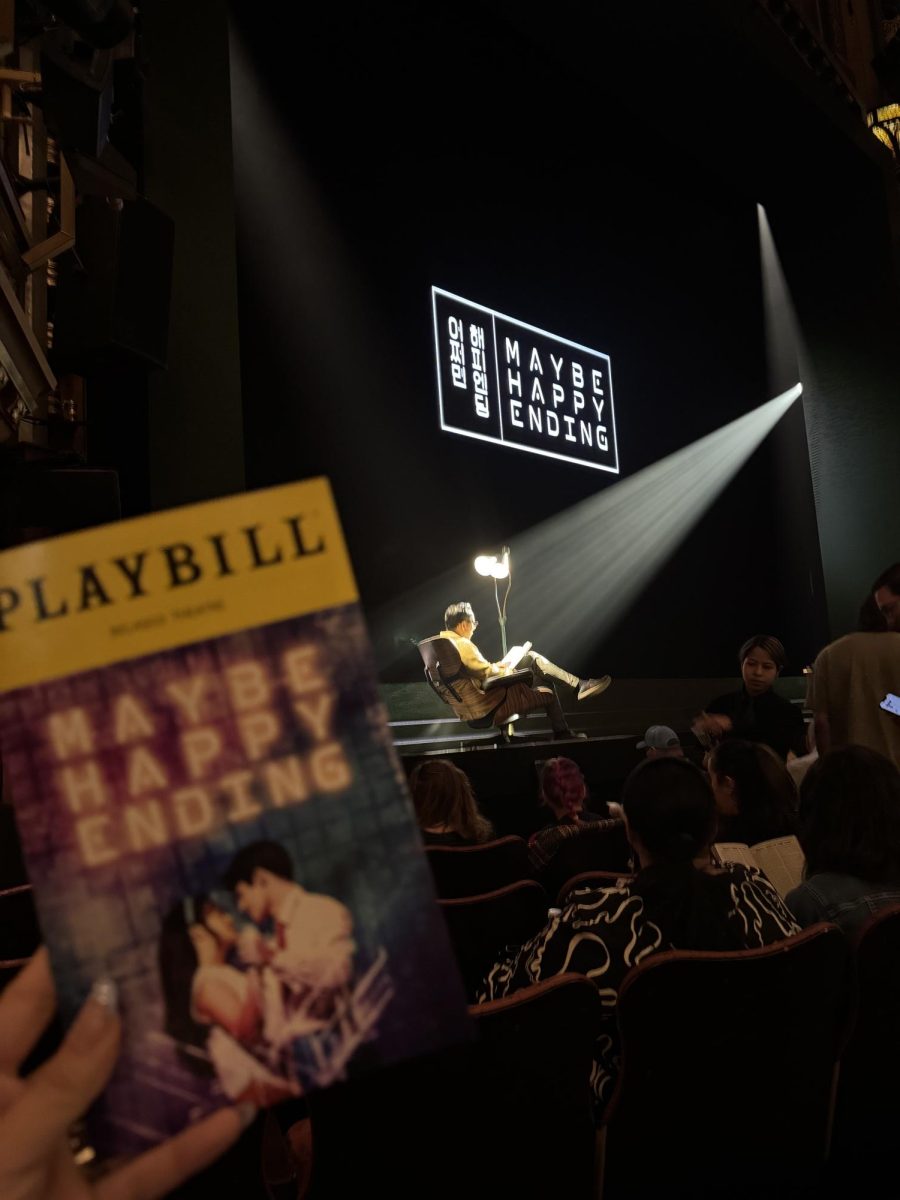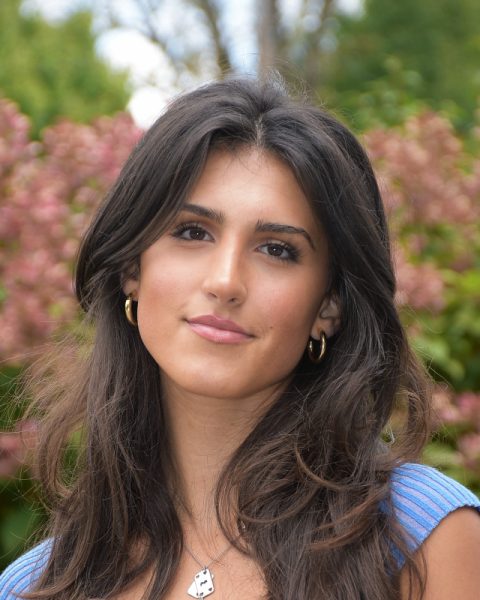As college decisions roll in, seniors are experiencing what College Counselor Daniel Birdsall describes as one of the most competitive admissions cycles in recent memory.
“This year, the Common App has reported a 6% overall increase in college applications,” Birdsall said. “What it means generally is there’s more people applying for the same number of spots.”
Most schools don’t expand their incoming class sizes from year-to-year, according to Birdsall.
“They don’t really have room to change their capacity that much on a year-to-year basis,” Birdsall said. “So, it means that a lot of schools are increasingly competitive.”
Stephanie Altschul ’25, who is attending Yale University in the fall, felt the pressure.
“Though the fall, I was so dedicated to my classes and keeping my grades as high as they could possibly be, while making sure my application would stand out against so many others,” Altschul said. “Although I definitely had time to make meaningful memories and have fun experiences, the amount of time I spent on applications and keeping up with my clases has put a damper on the social aspect of my senior year.”
Public universities, in particular, saw major jumps in interest.
“There are some public institutions that are really popular,” Birdsall said. “Even at Brimmer, we see there’s a lot of people all of a sudden interested in the University of Wisconsin. North Carolina, Texas, Michigan, Virginia—those have always been highly sought after and very, very selective publics. But we are seeing a lot of other flagships are gaining a lot of interest.”
Lucas Williams ’25 said that he and his peers “were shooting for the stars,” and despite the increase in competition, felt positive about the process.
“I know of people who were easily qualified to get into UMass Amherset were waitlisted or rejected, even though they were qualified to go there—at least I’d say. It was just the sheer number of applications in our class to UMass that was insane.”
While it’s not entirely clear why interest in public universities has grown, Birdsall said, “They’re not necessarily cheaper for out-of-state students, as we know. It might be something related to size and profile that just attracts people.”
Jack Malloy ’25 has known since December that he would attend the University of Connecticut, having applied through early decision.
“I am a huge sports fan and I wanted to go there for the sports life, and it’s also not close to home, which is nice,” Malloy said. “For me, I didn’t feel the pressure. I lucked out.”
At the same time, Birdsall emphasized that the current surge in applications may not last forever.
“There is what is known as a demographic cliff coming,” Birdsall said. “Just based on U.S. birth trends over decades, there is an awareness that there are just going to be a sheer number of considerably fewer college-age kids coming up through the ranks.”
Still, Birdsall pointed out that other forces could keep application numbers high.
“In some areas, perhaps college access is improving, that there are more people who in the past maybe would not have been looking at four-year colleges that are now pursuing it,” Birdsall said.
Even with national data in mind, Birdsall acknowledged the challenges of drawing conclusions from a small school community.
“Using the micro experience of the Brimmer community isn’t too instructive,” Birsdall said. “Not a big sample size.”
At the colleges and universities that students here typically apply to, according to Birdsall, rising interest and application numbers made admissions especially competitive this year.
Owen Kalvert ’25, who is attending Wake-Forest in the fall, encourages next year’s seniors to apply early.
“If you have a couple of colleges that you really like, choose one that you can apply early to try to improve your odds,” Williams said. “And start the application process as soon as you can.”

